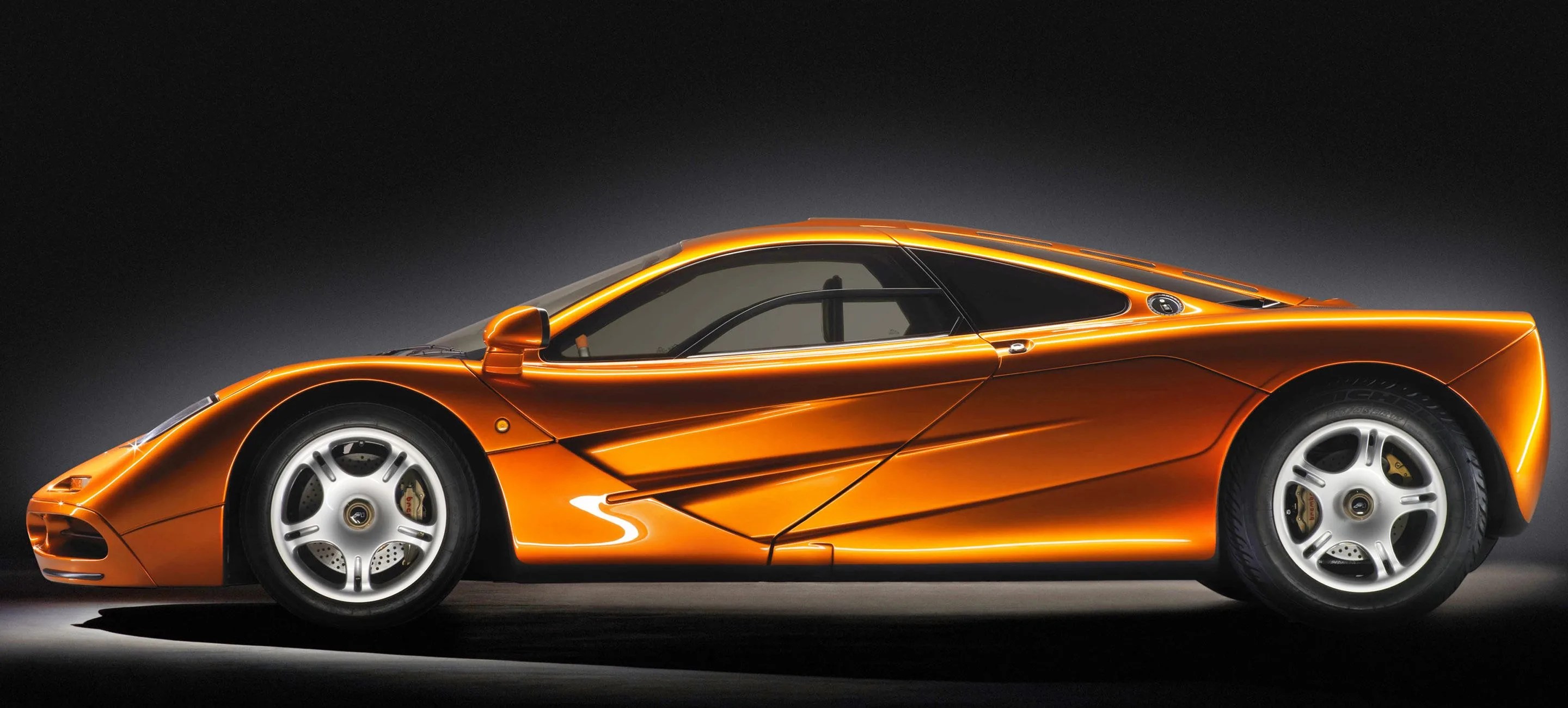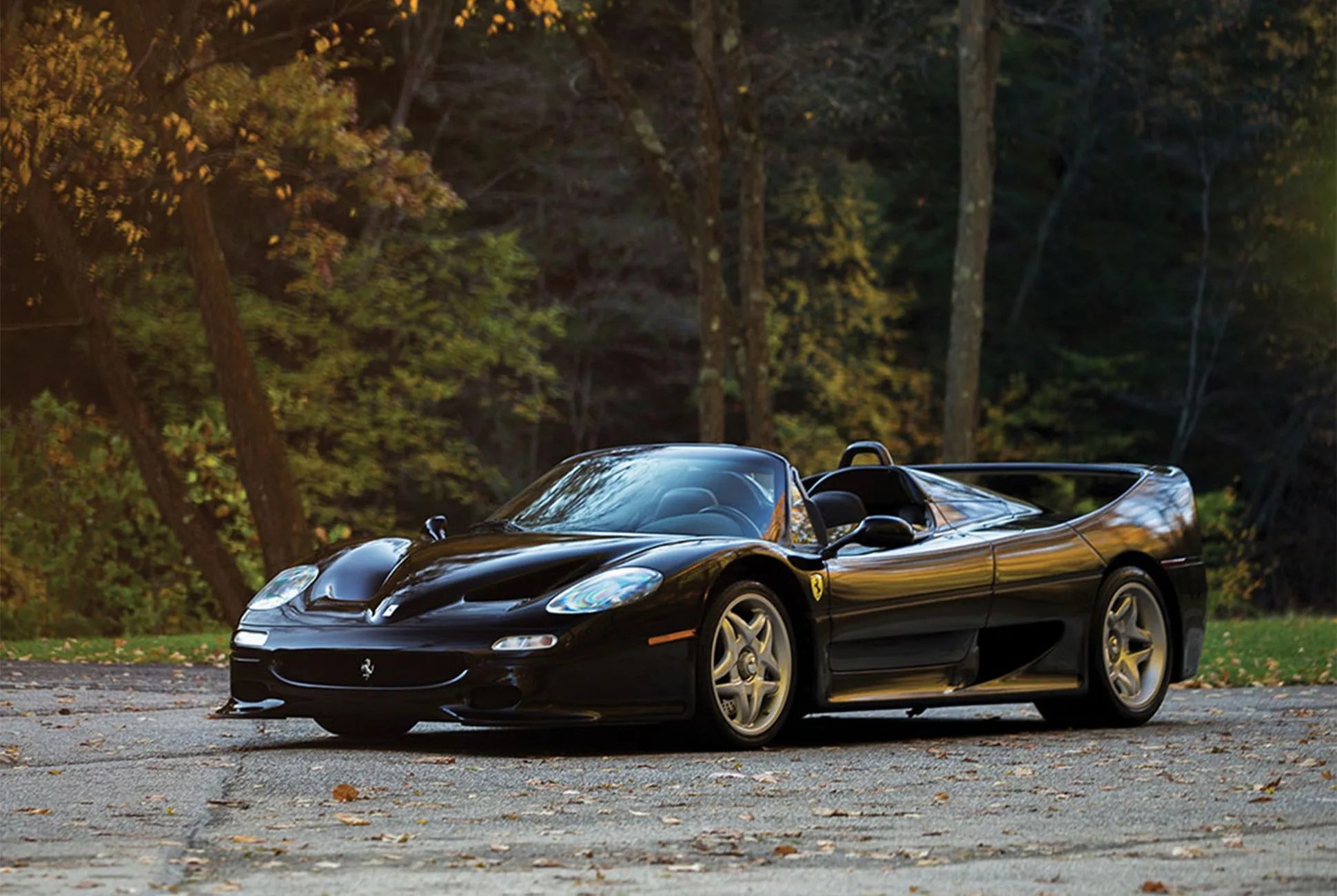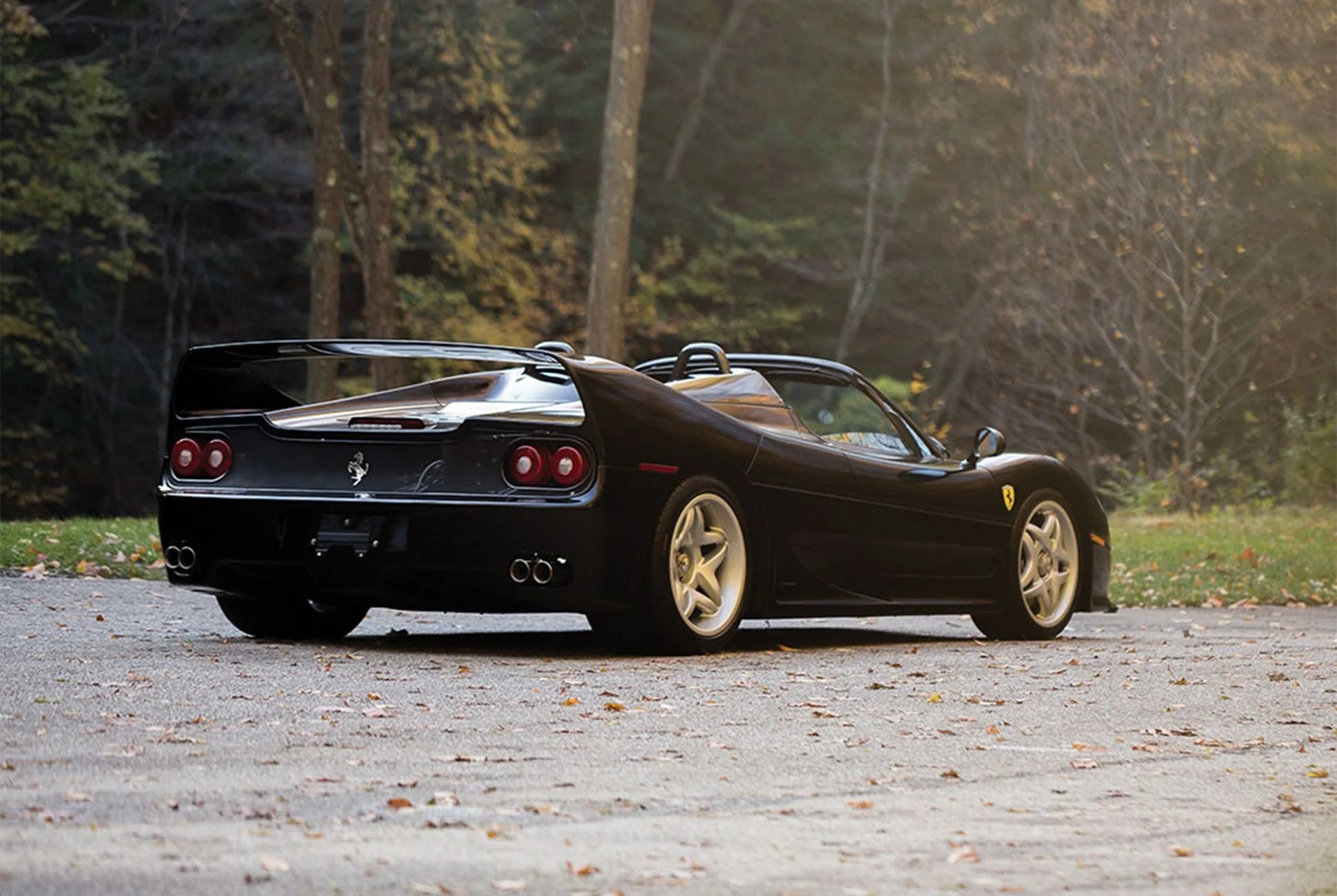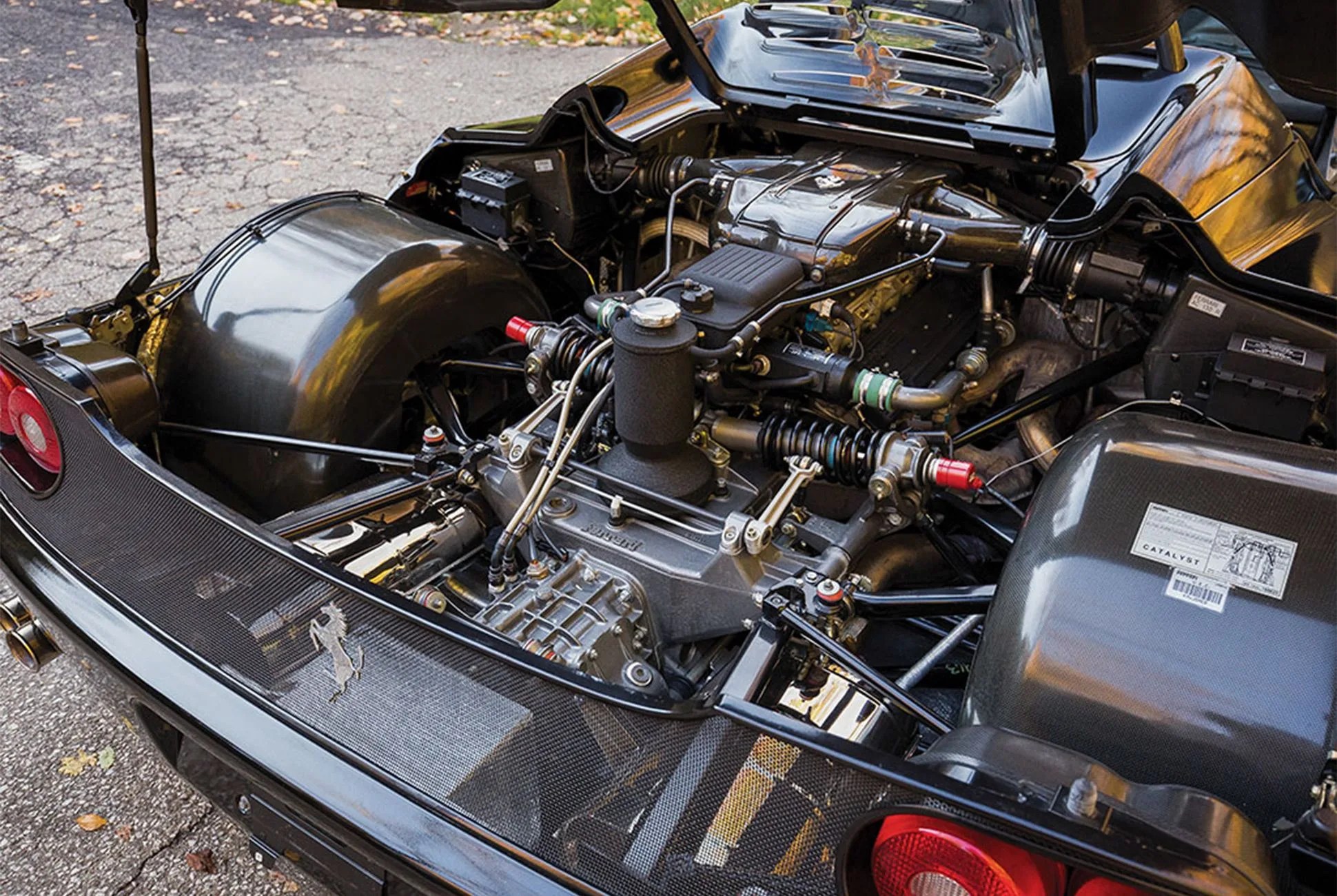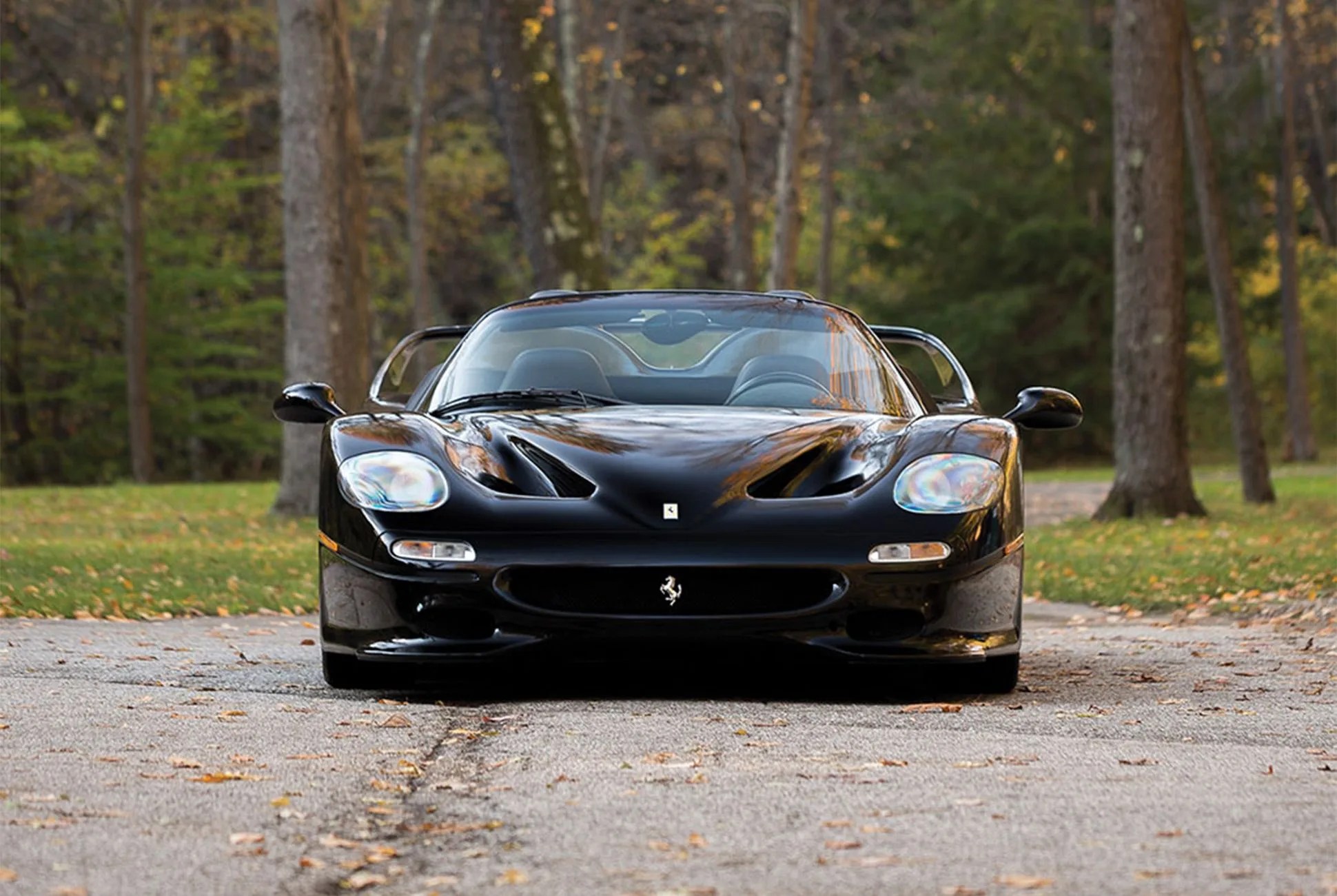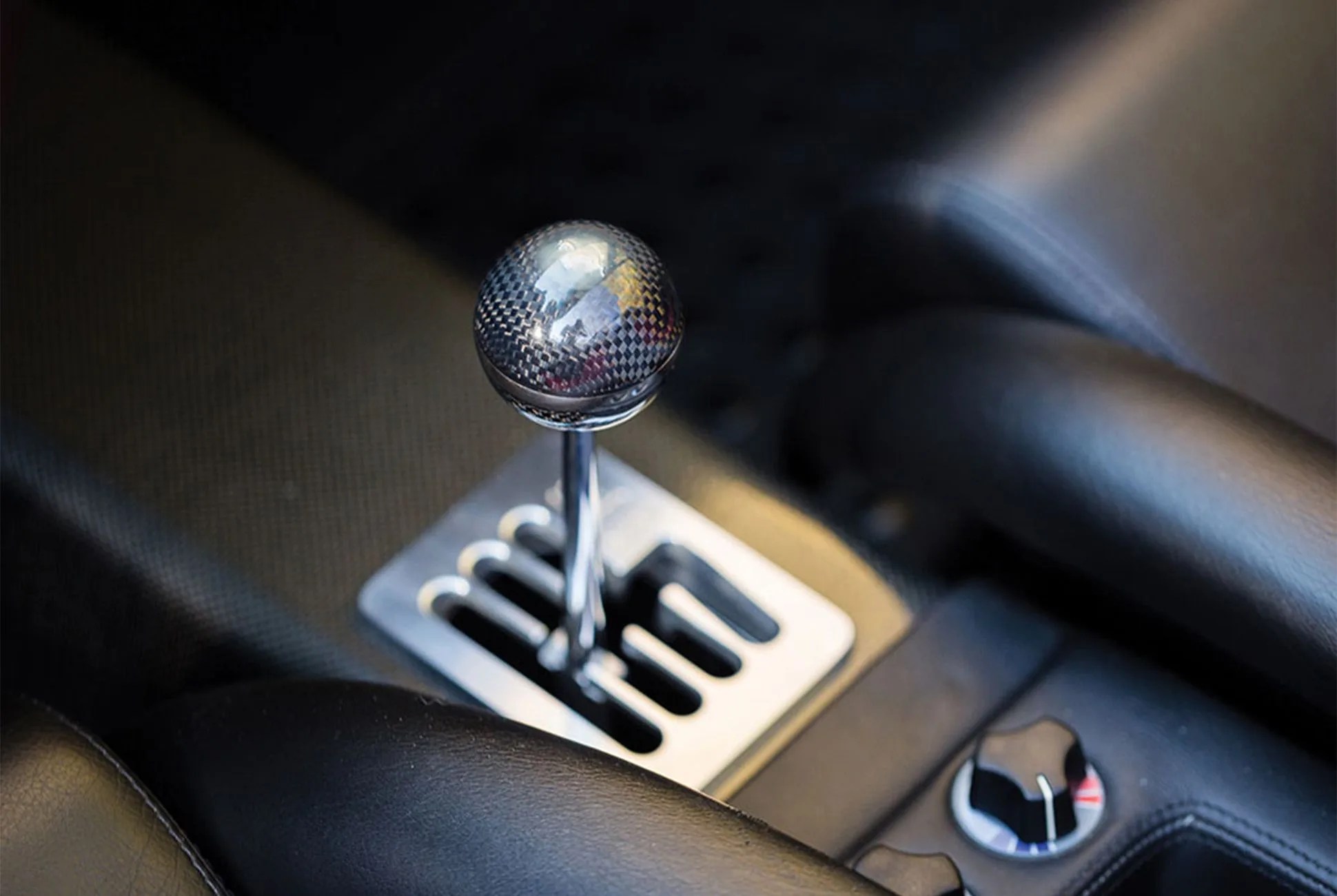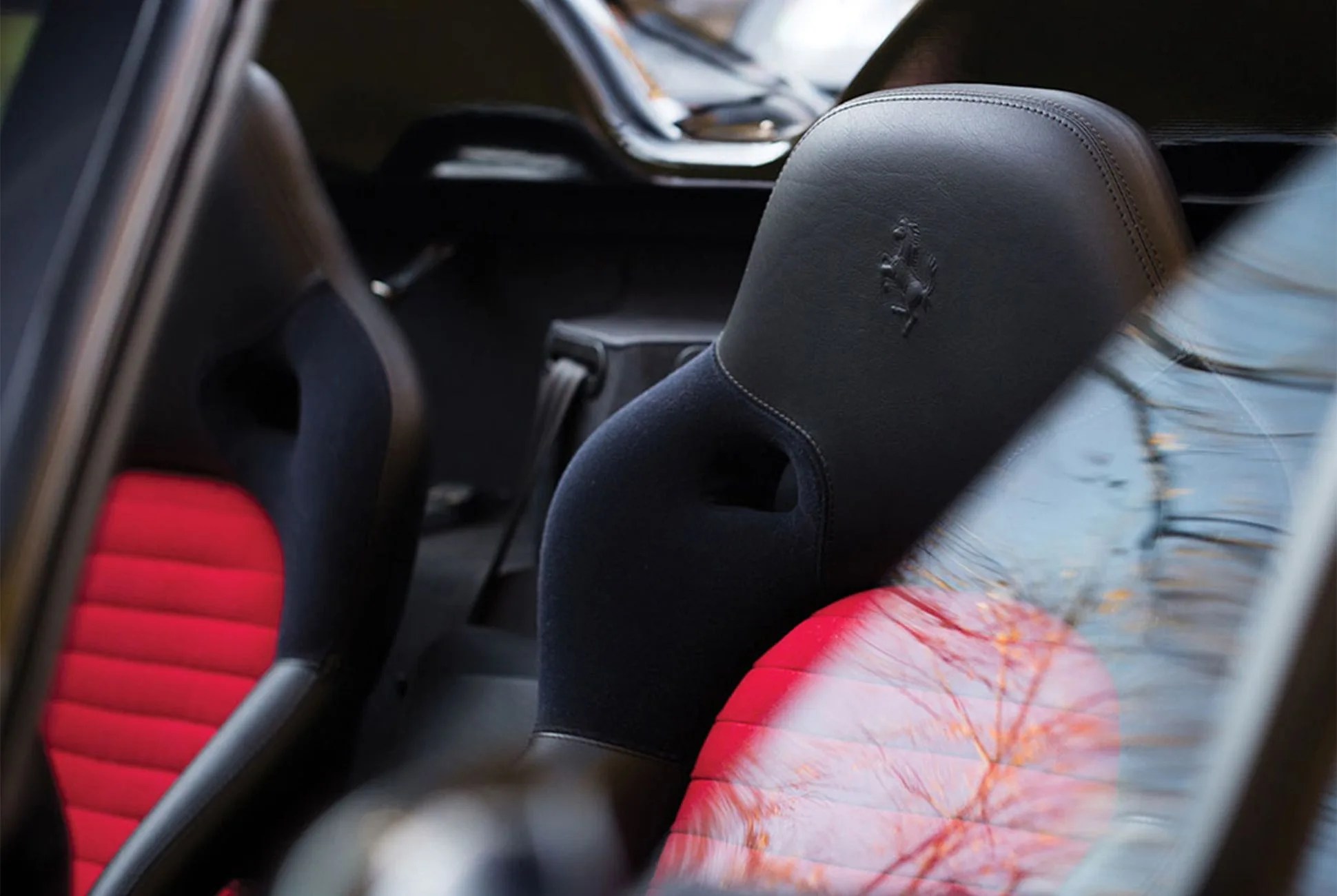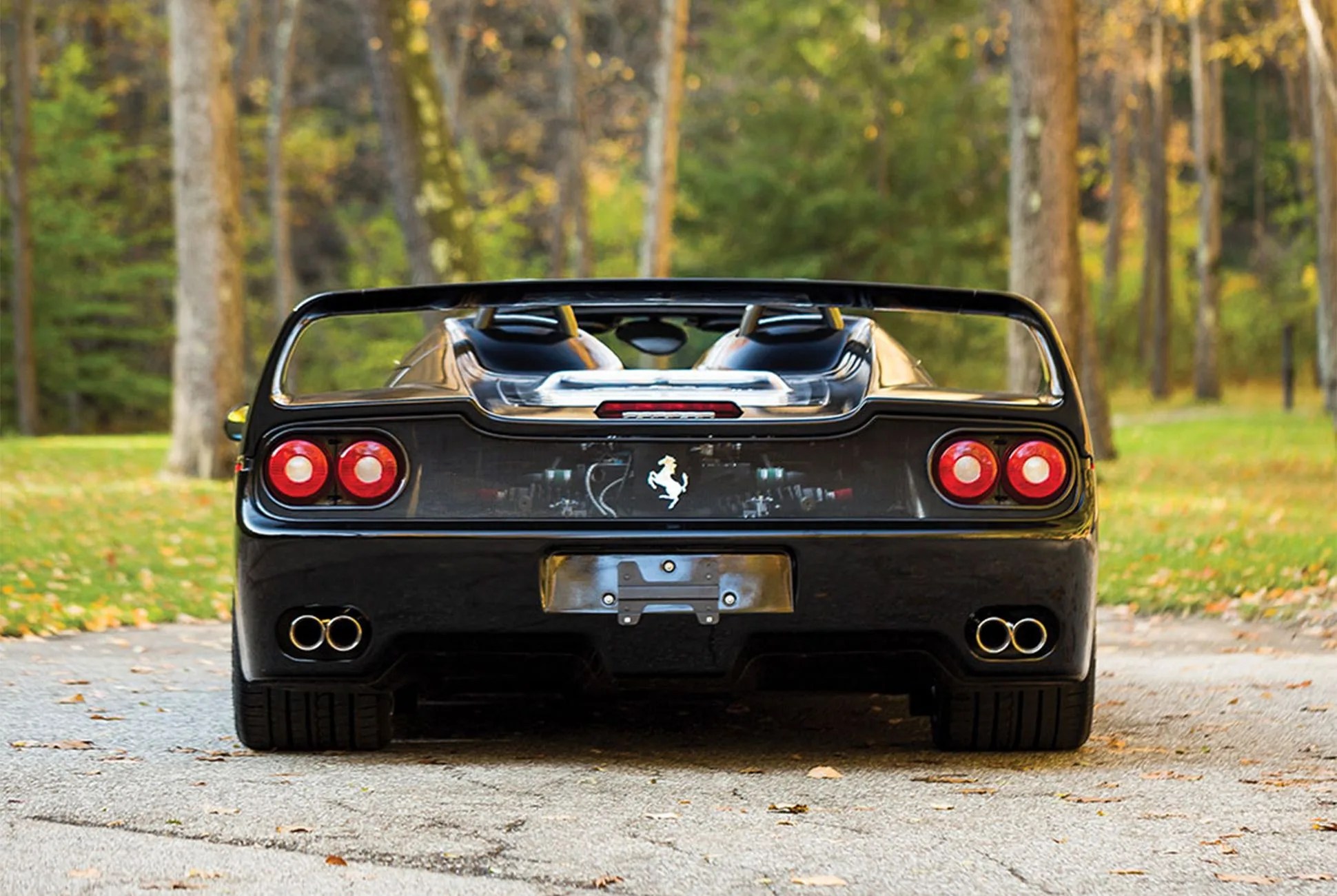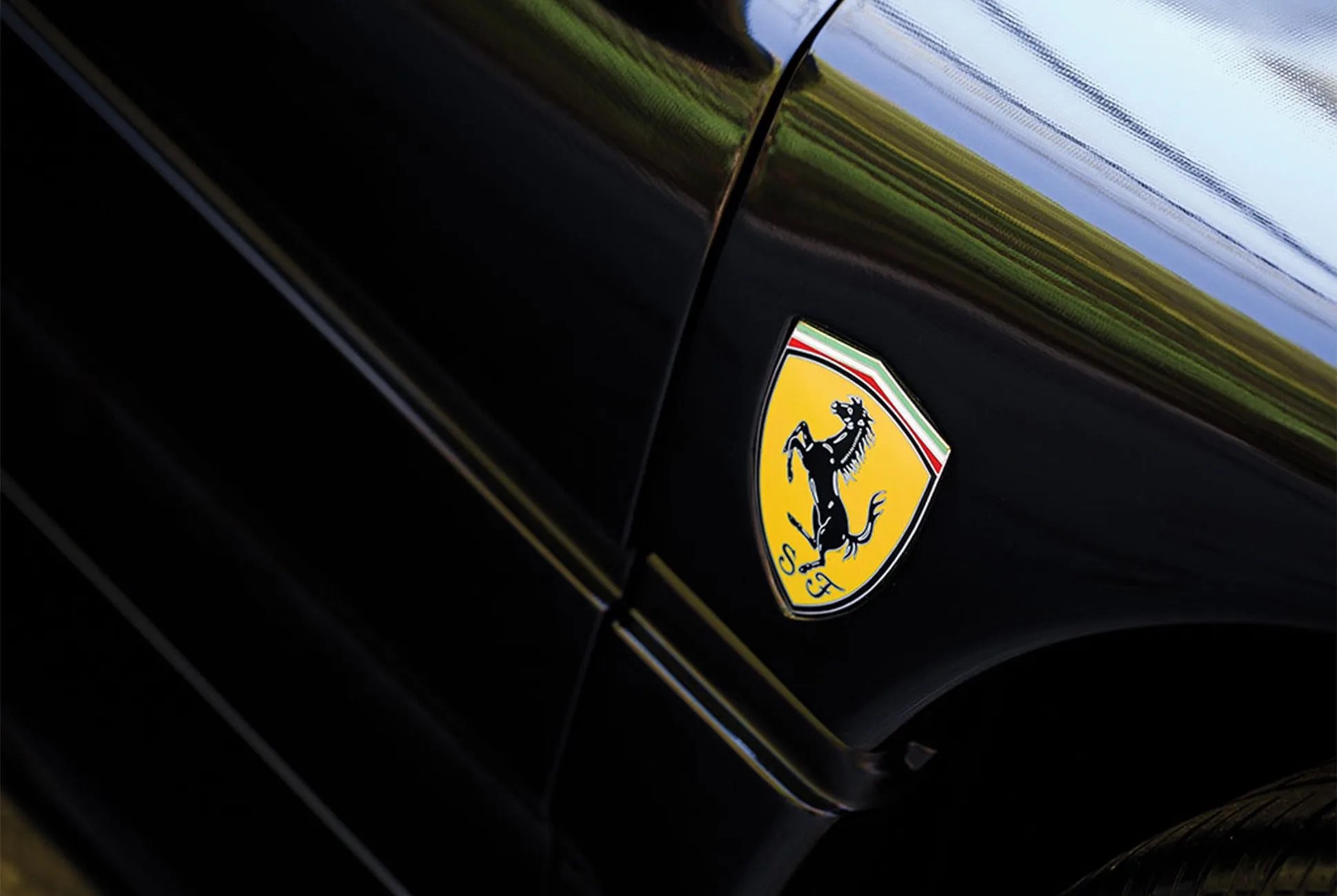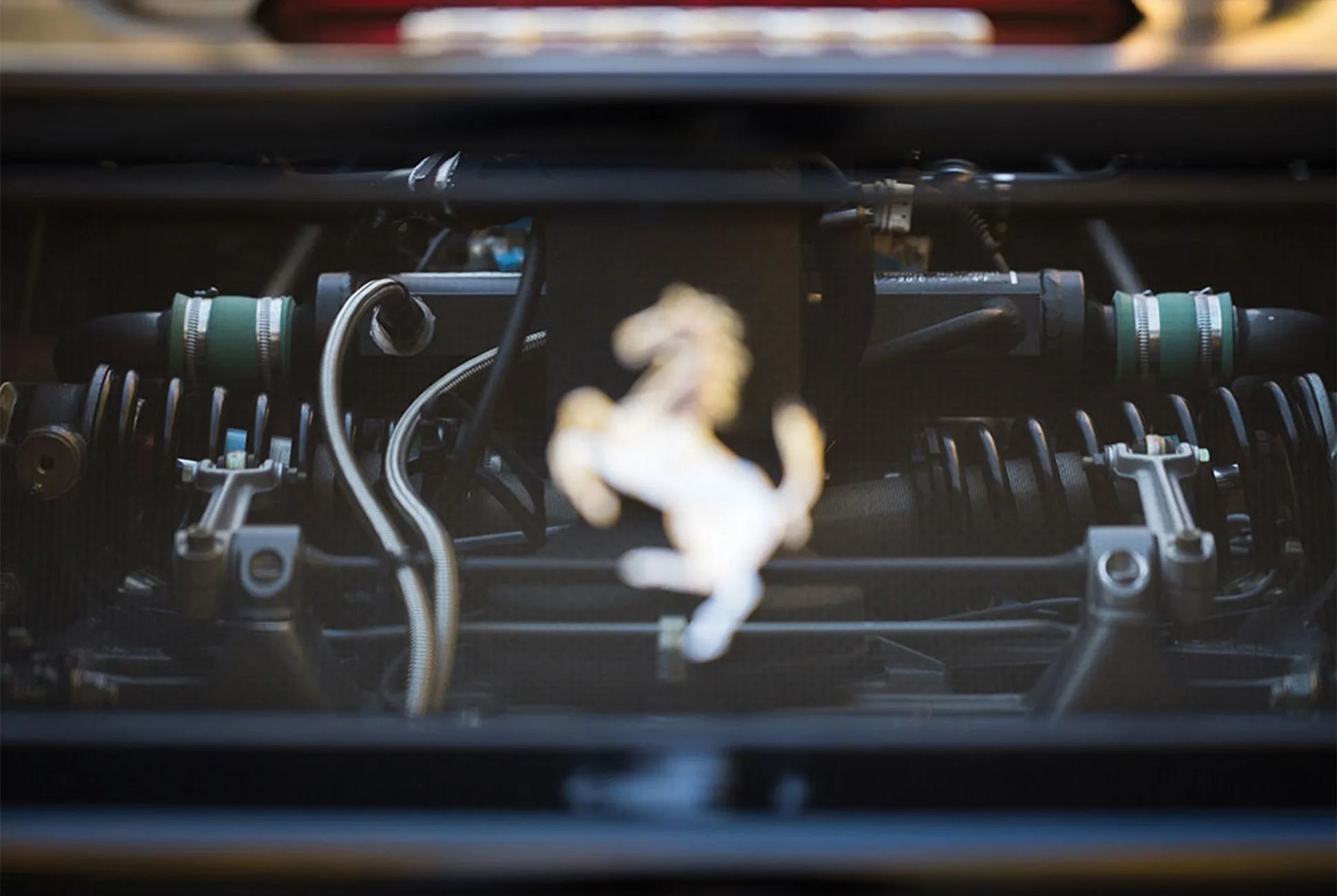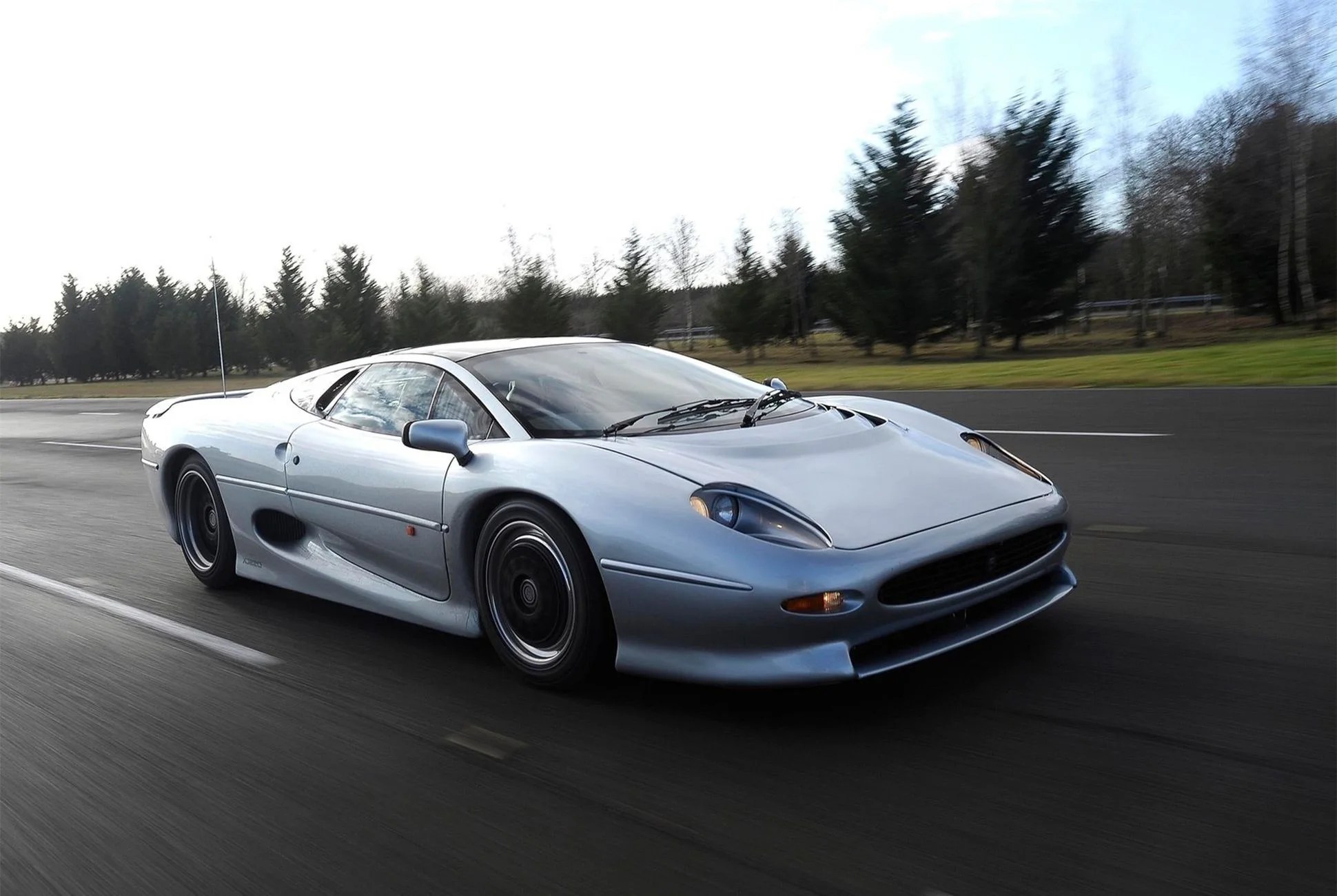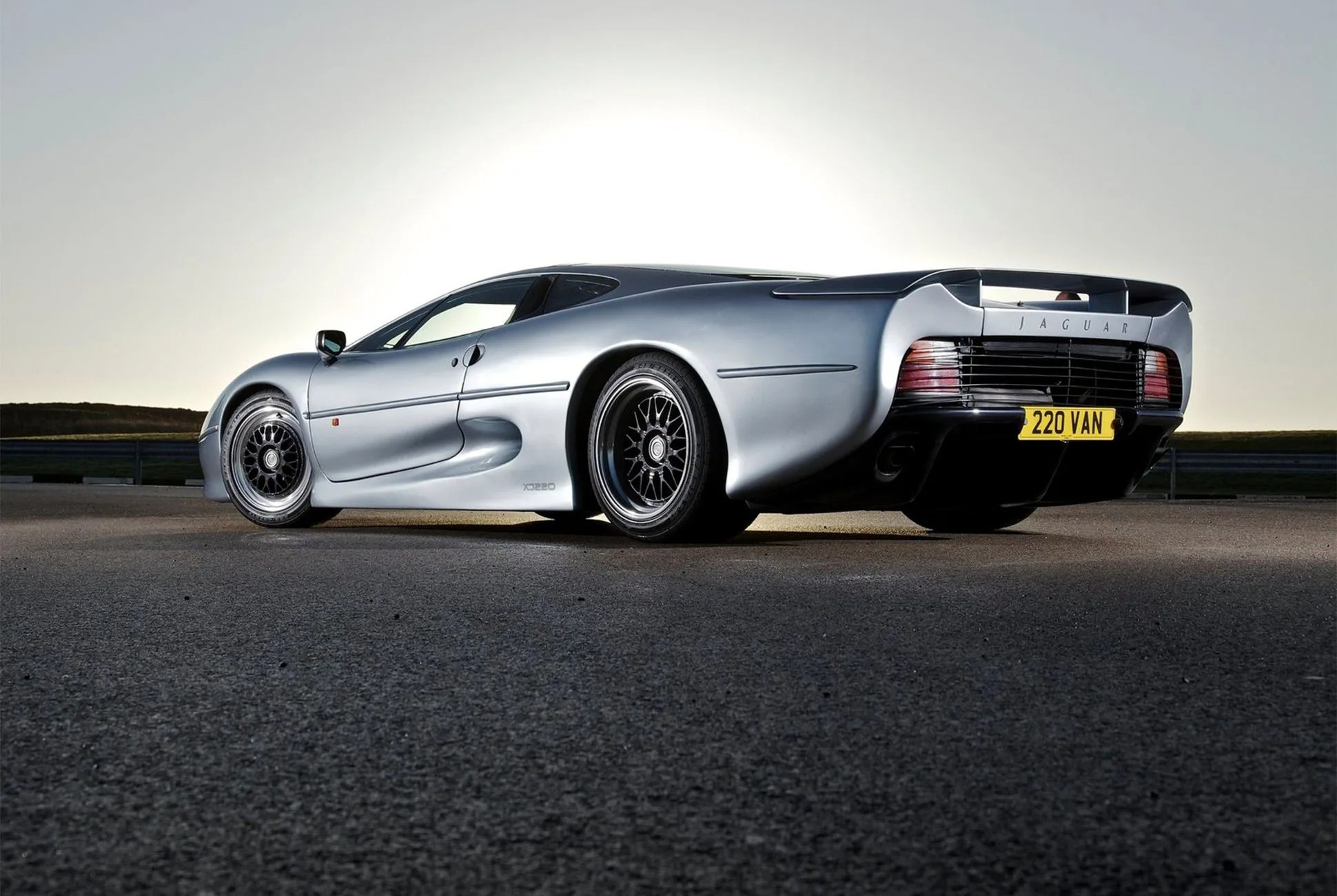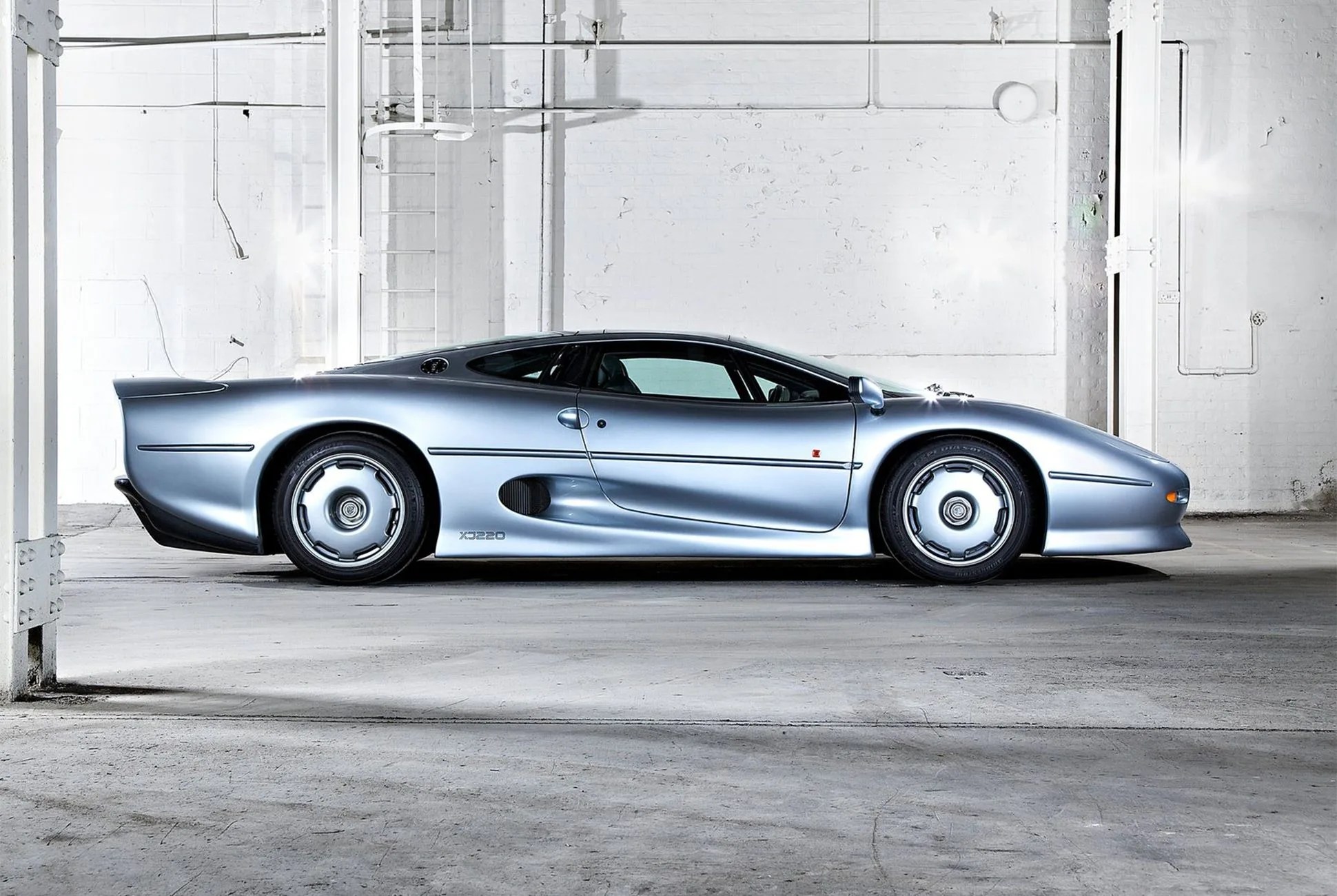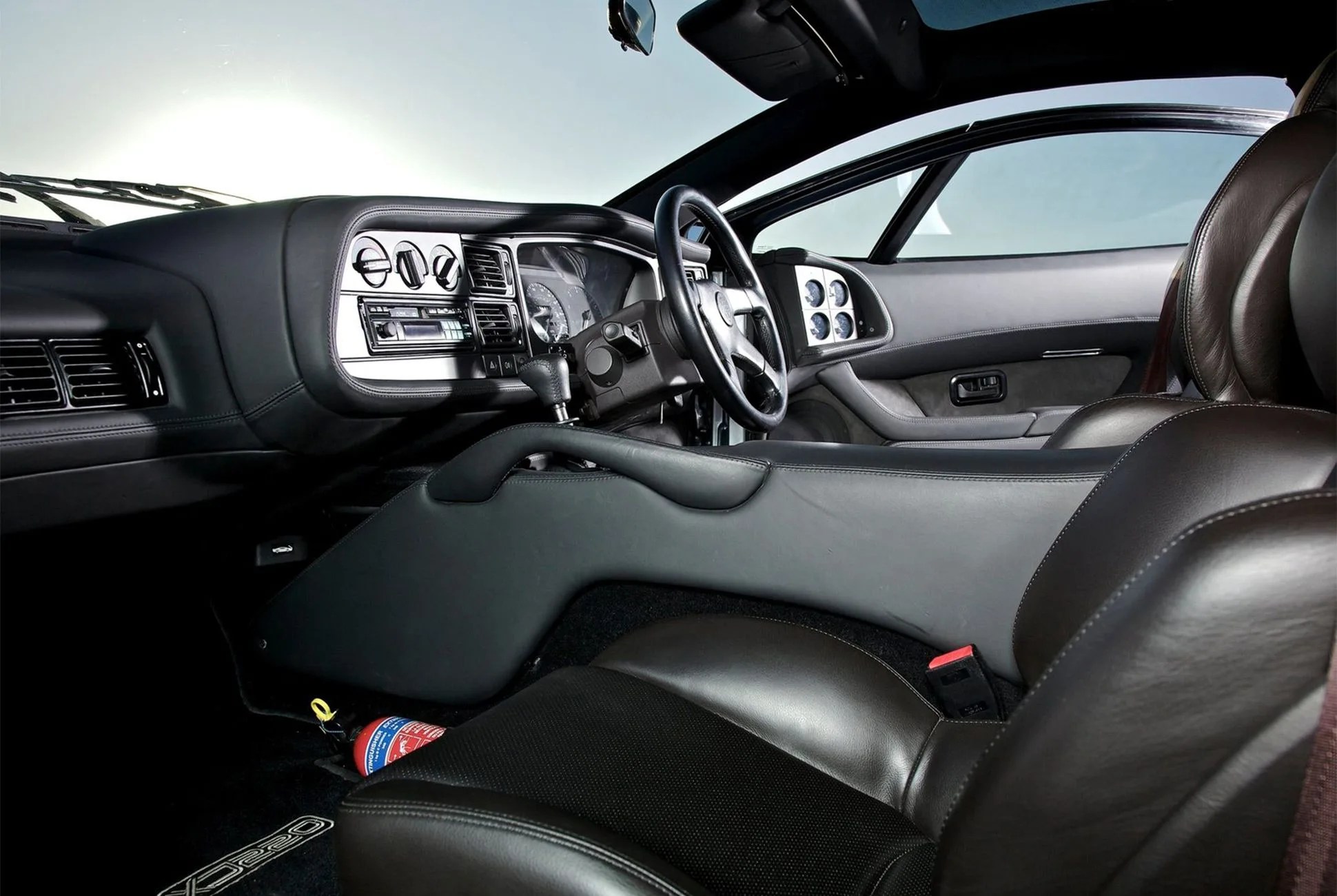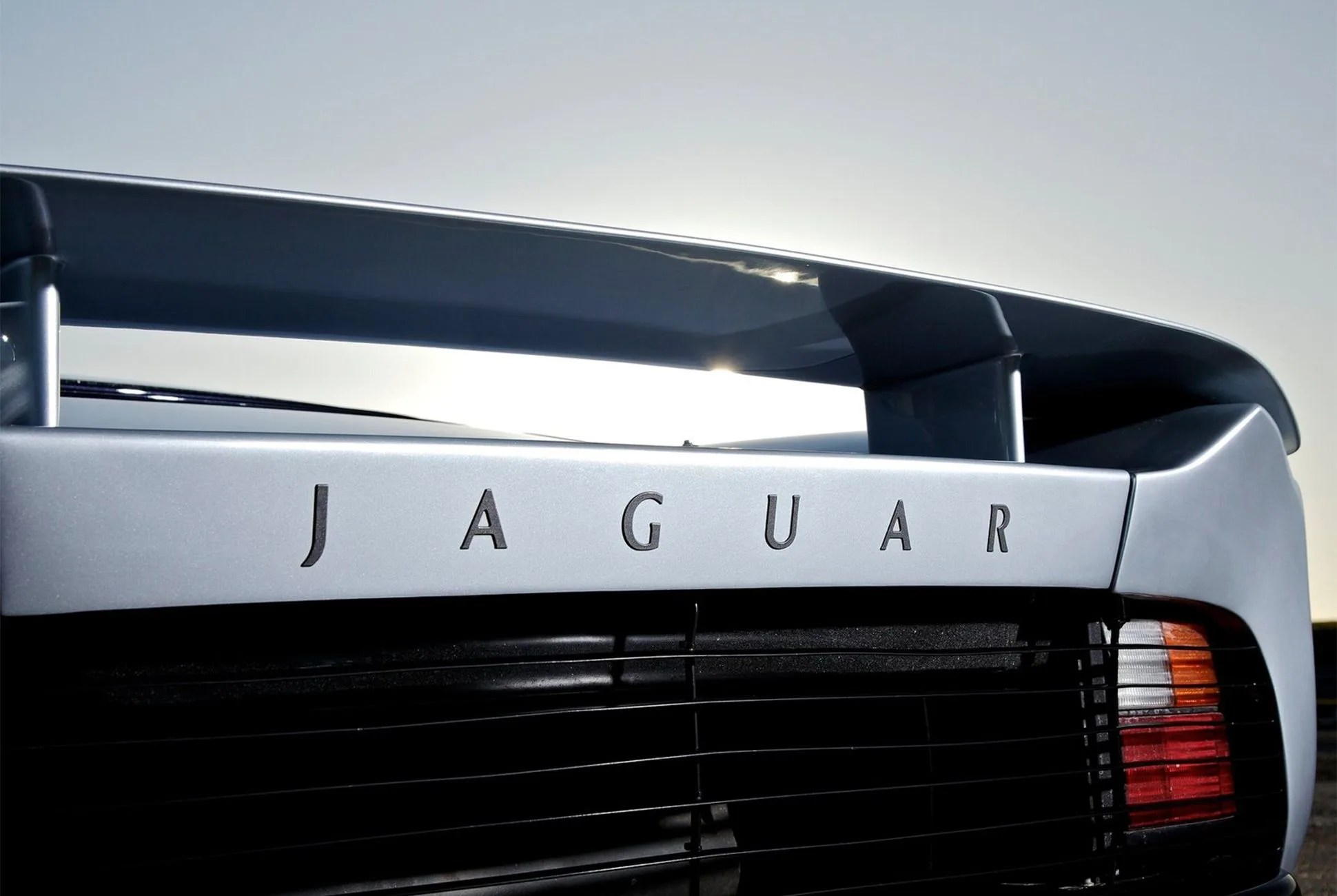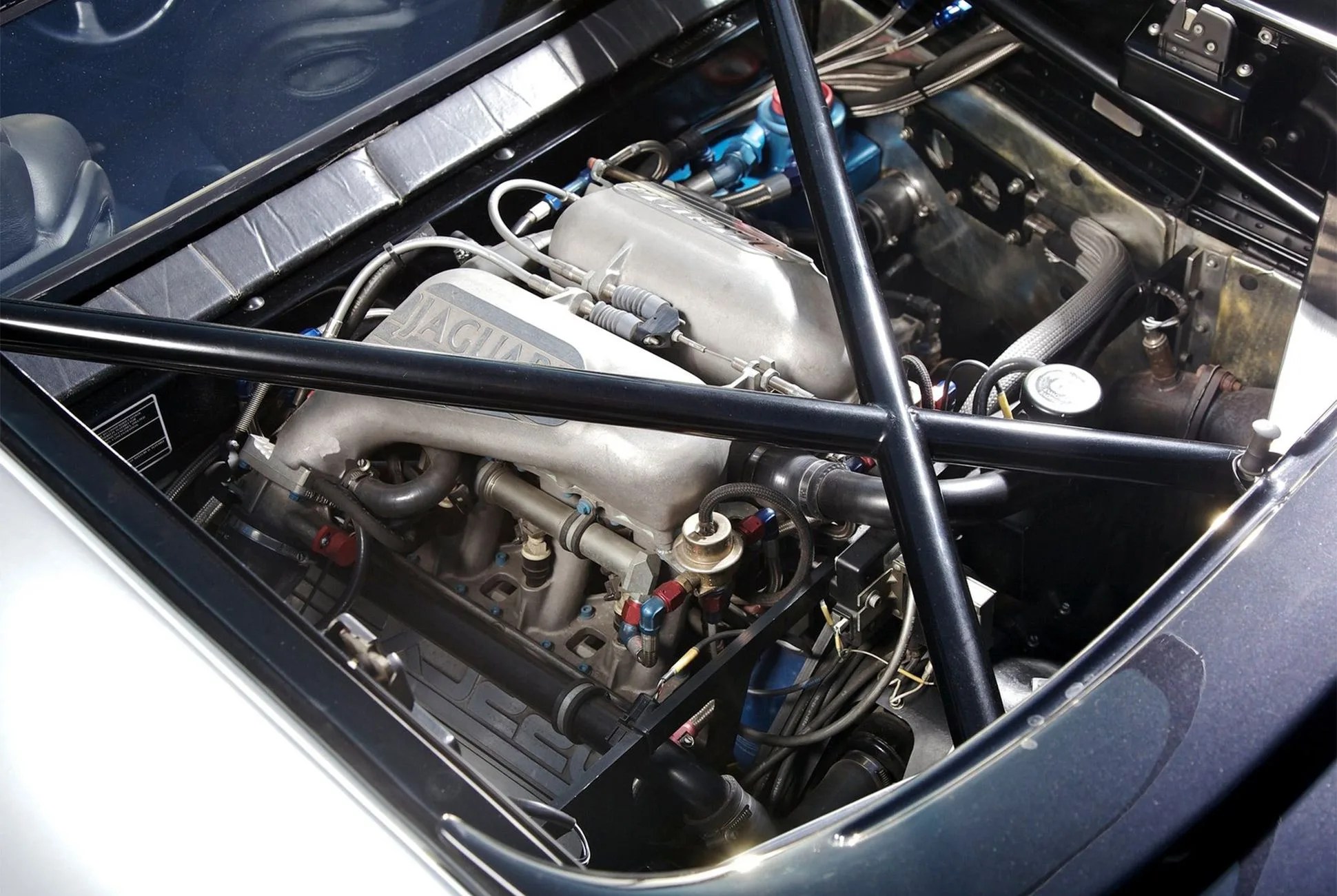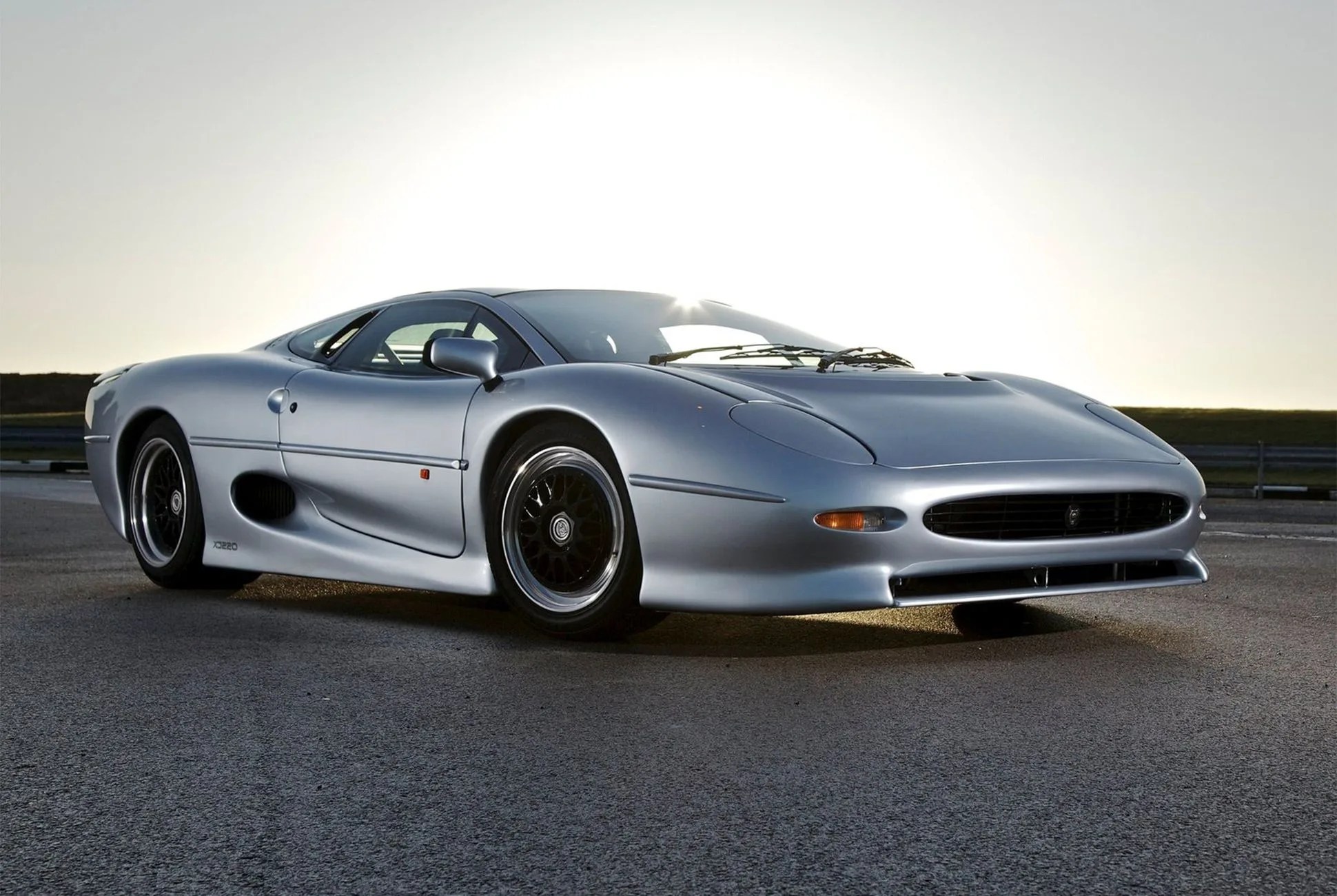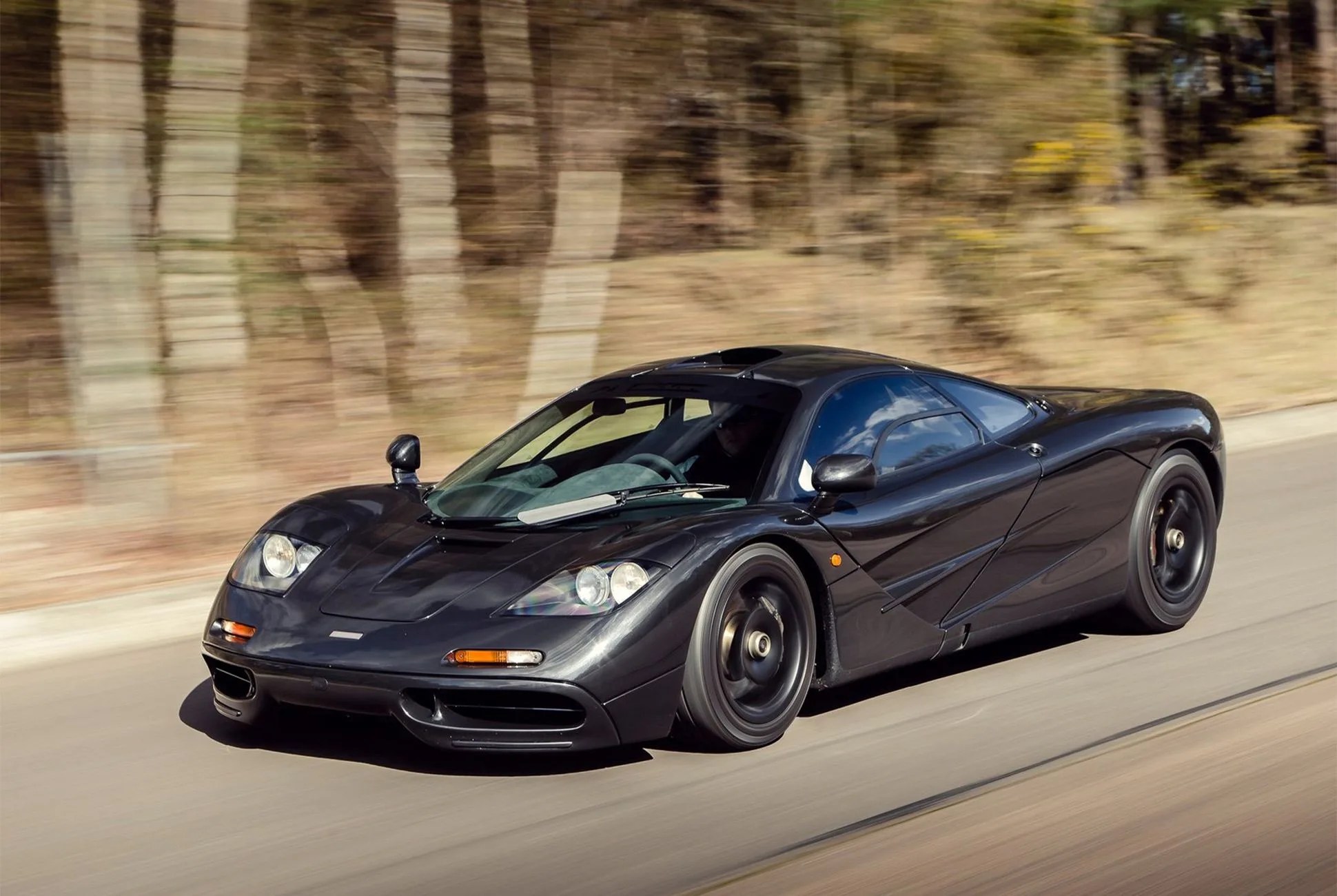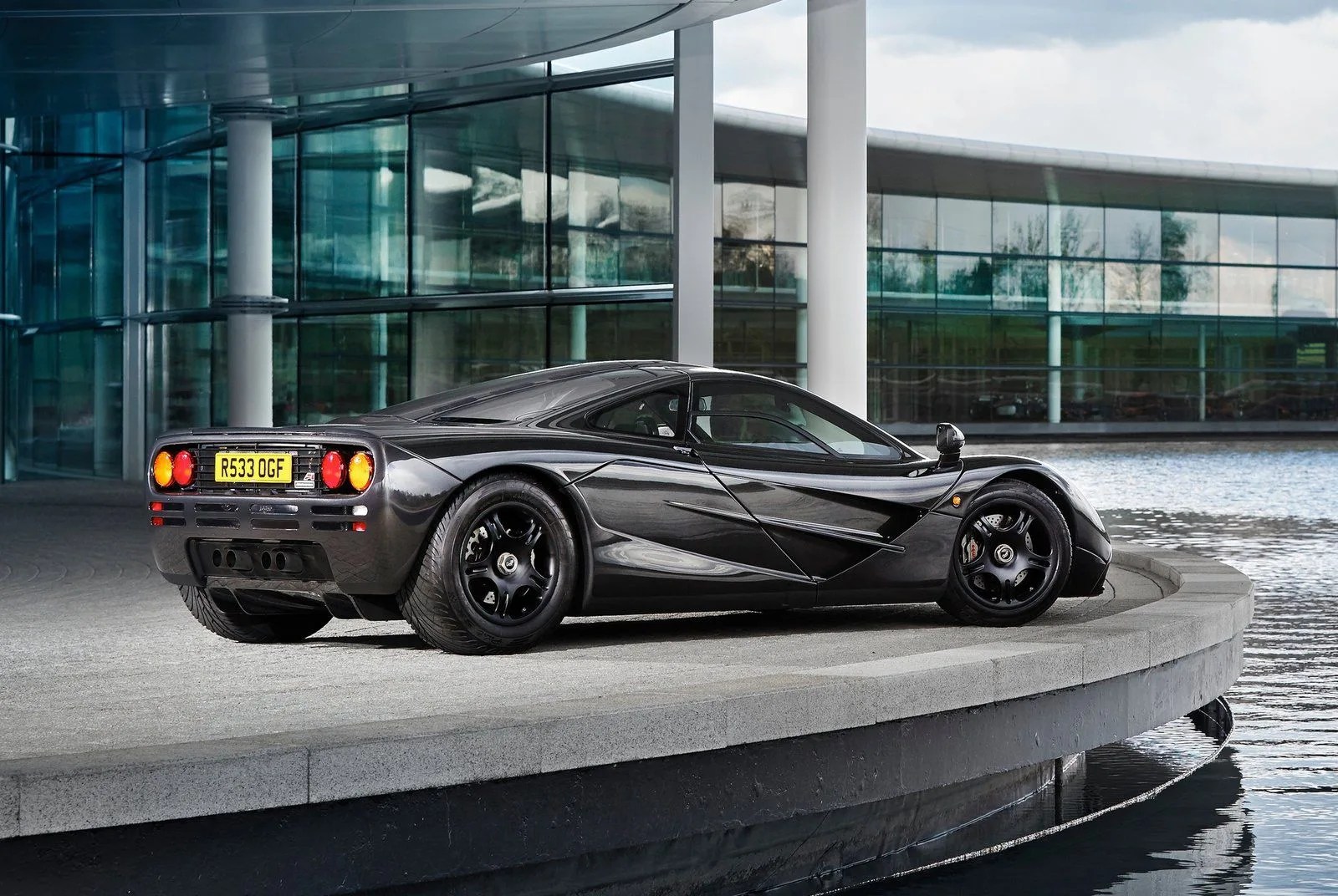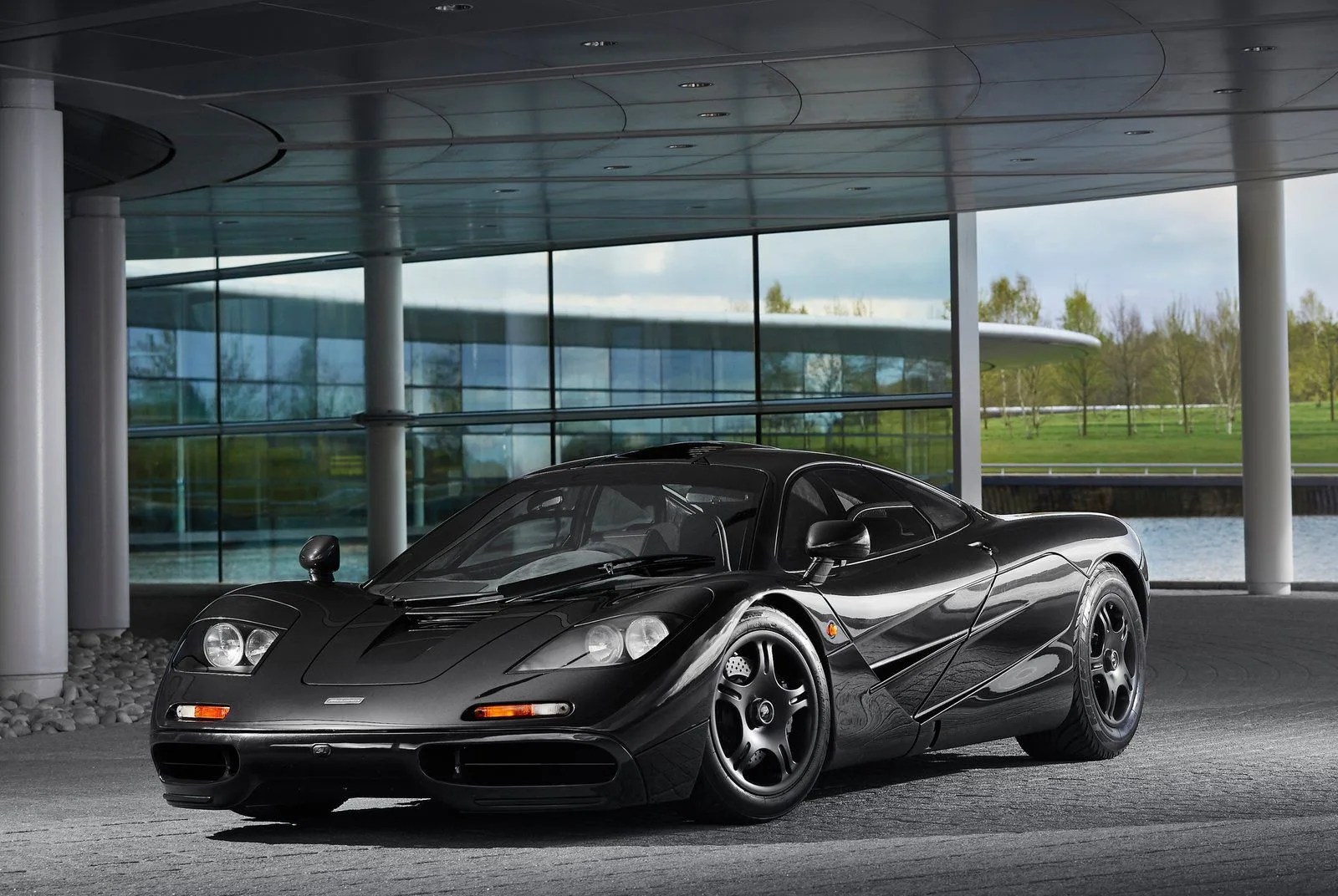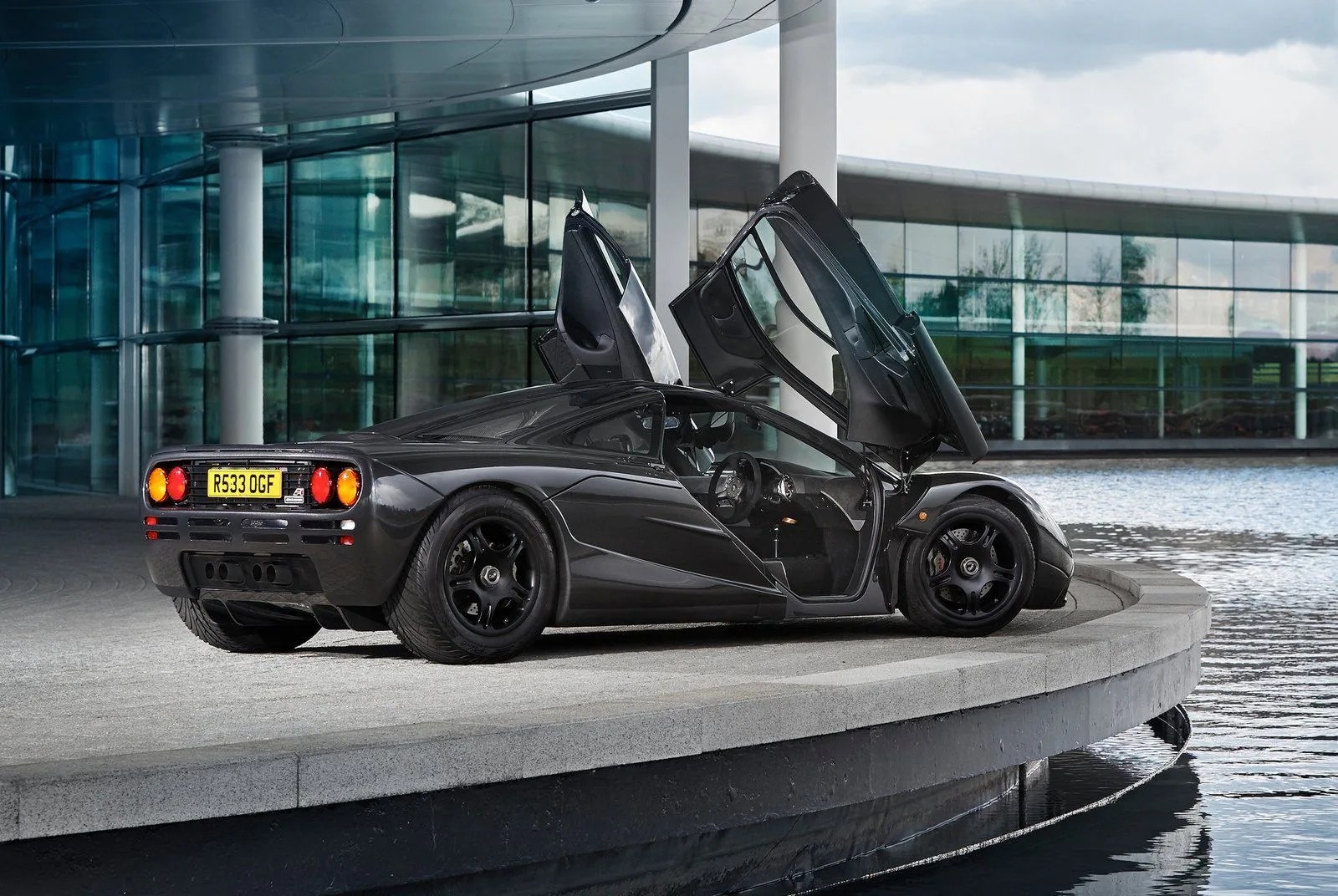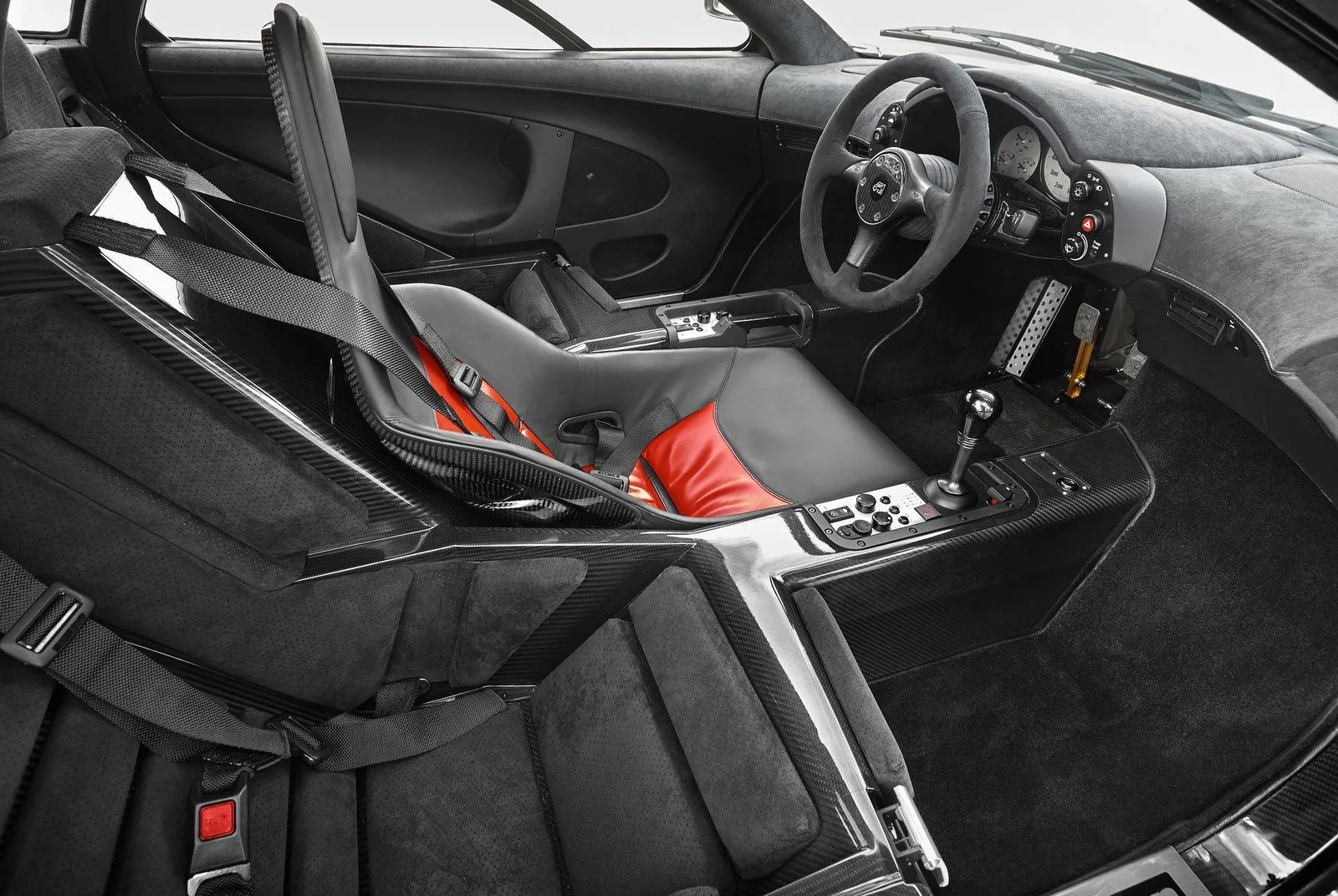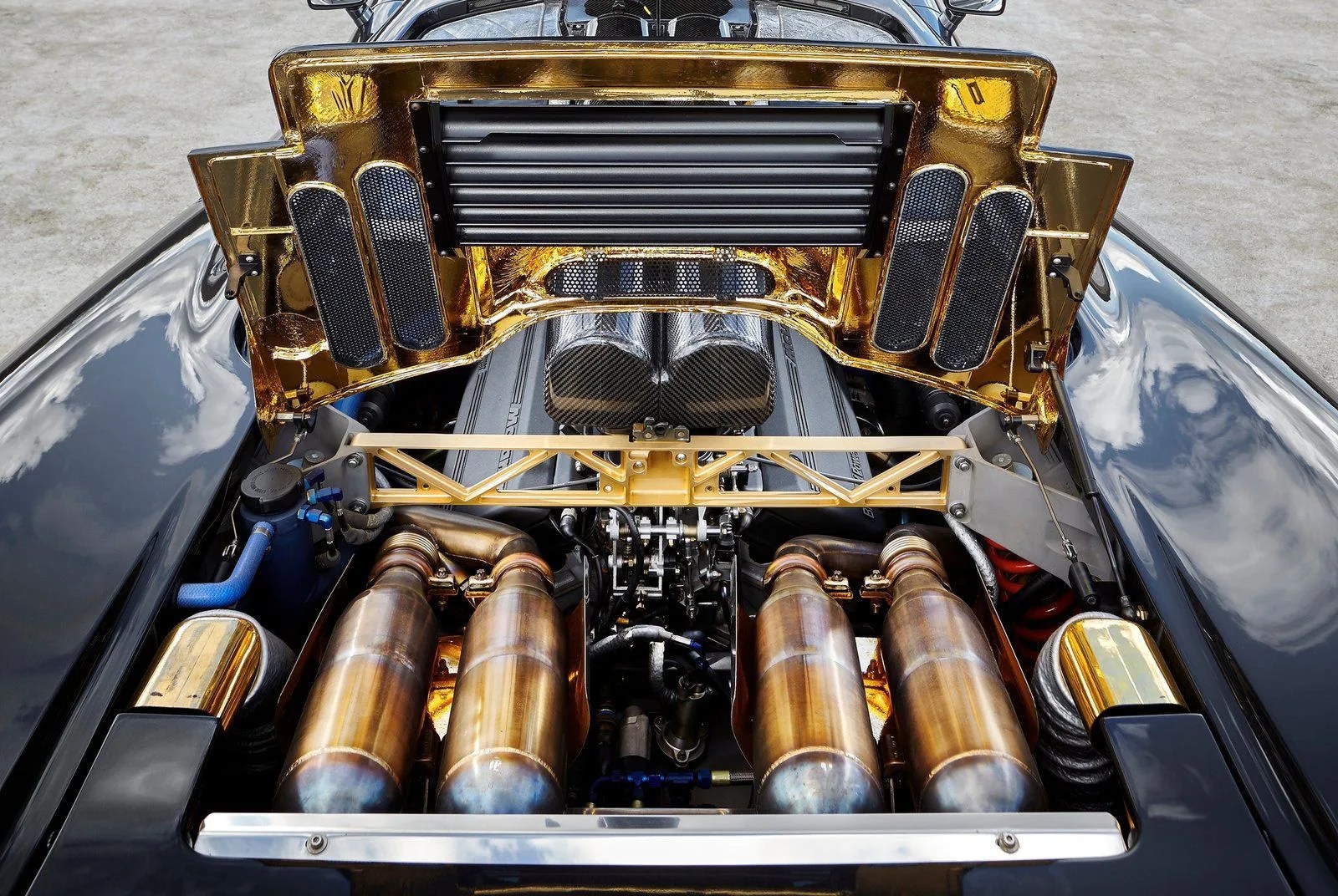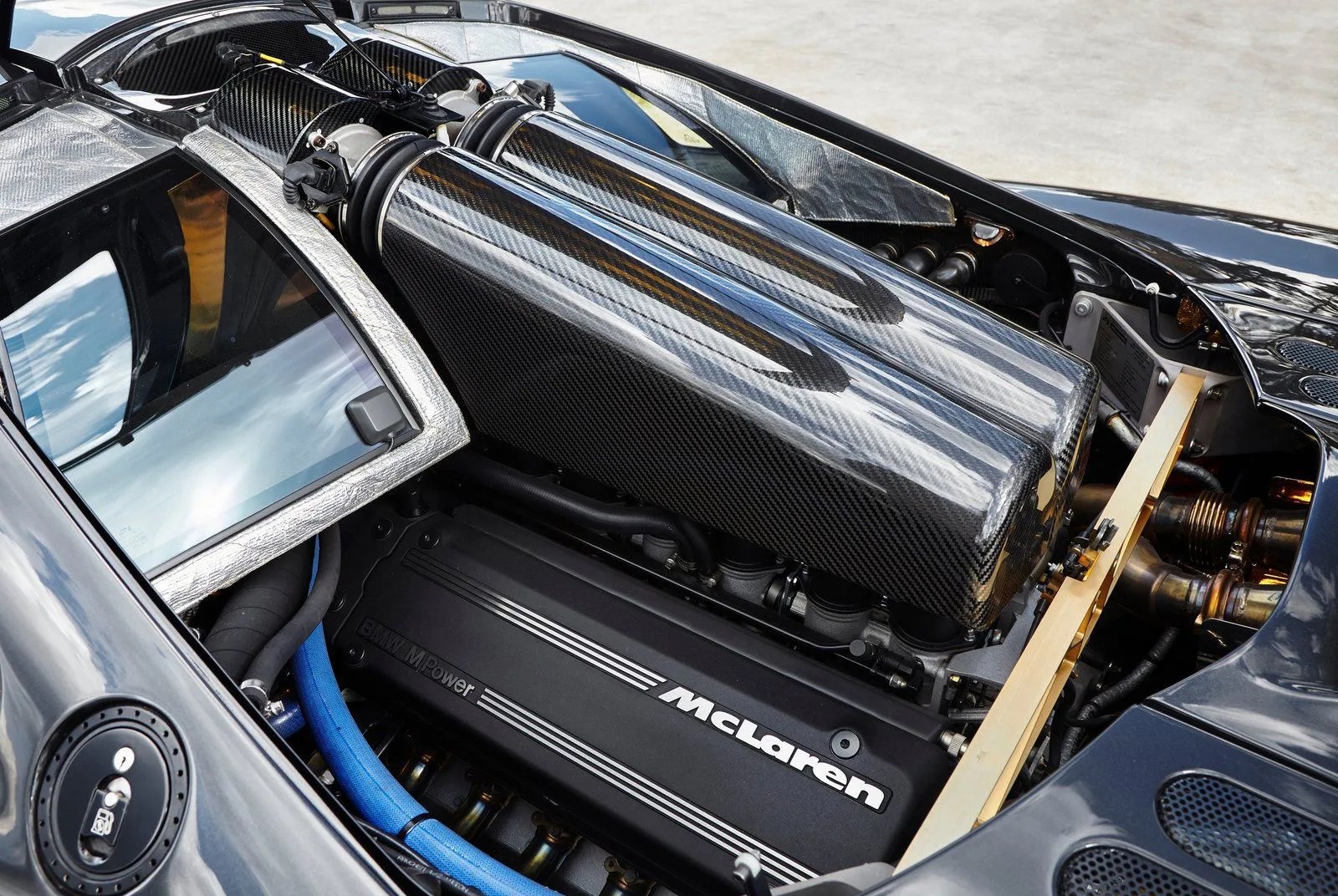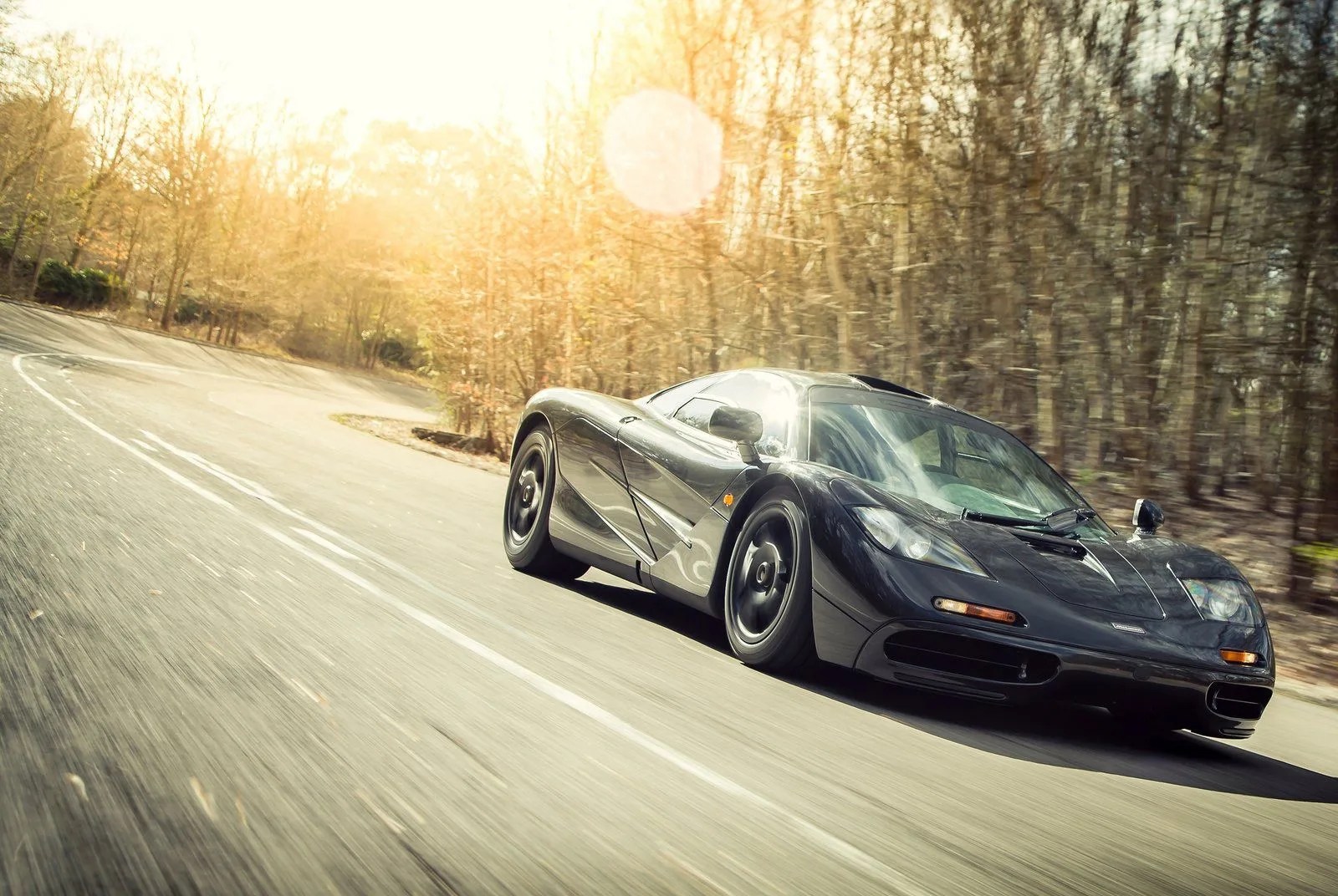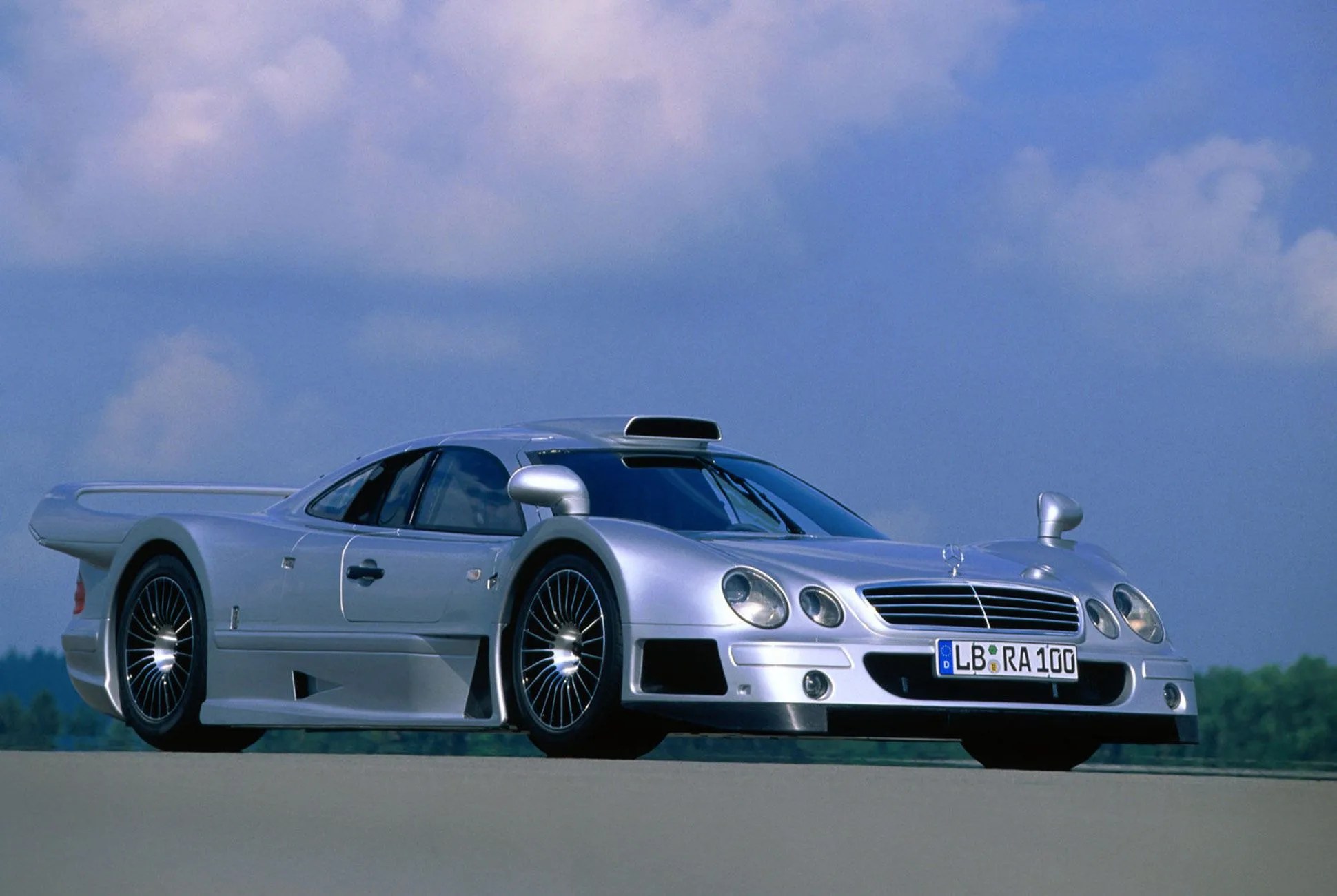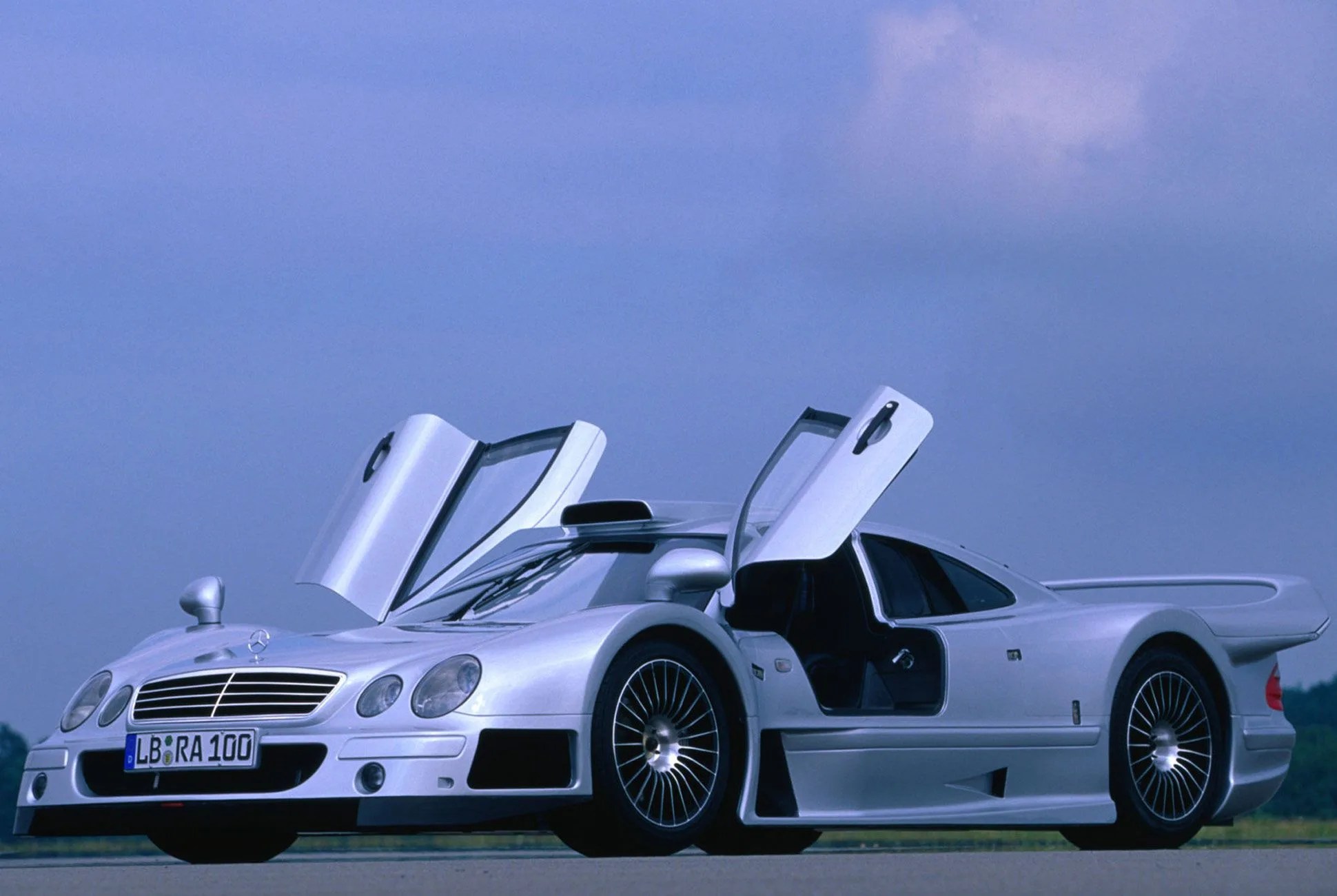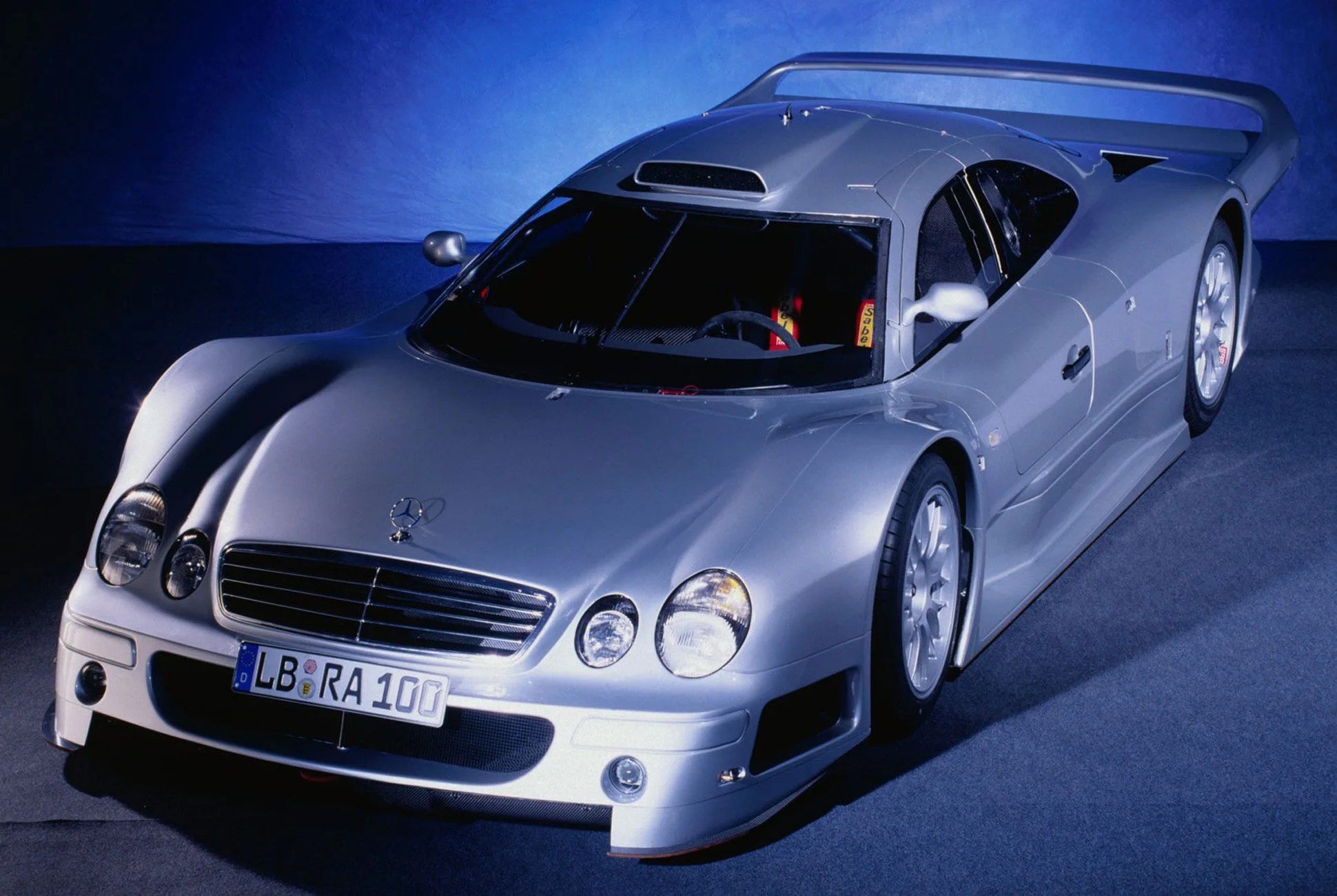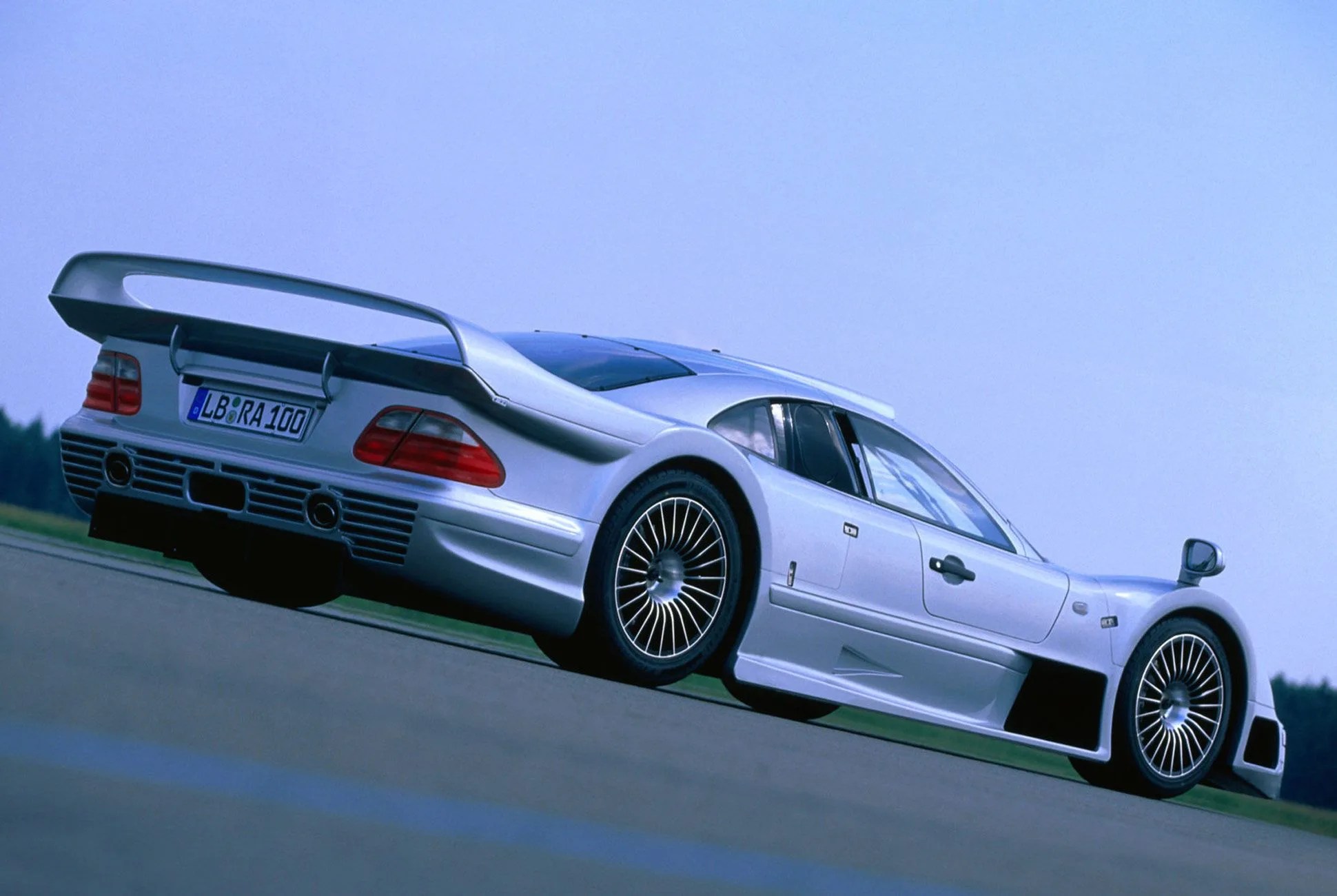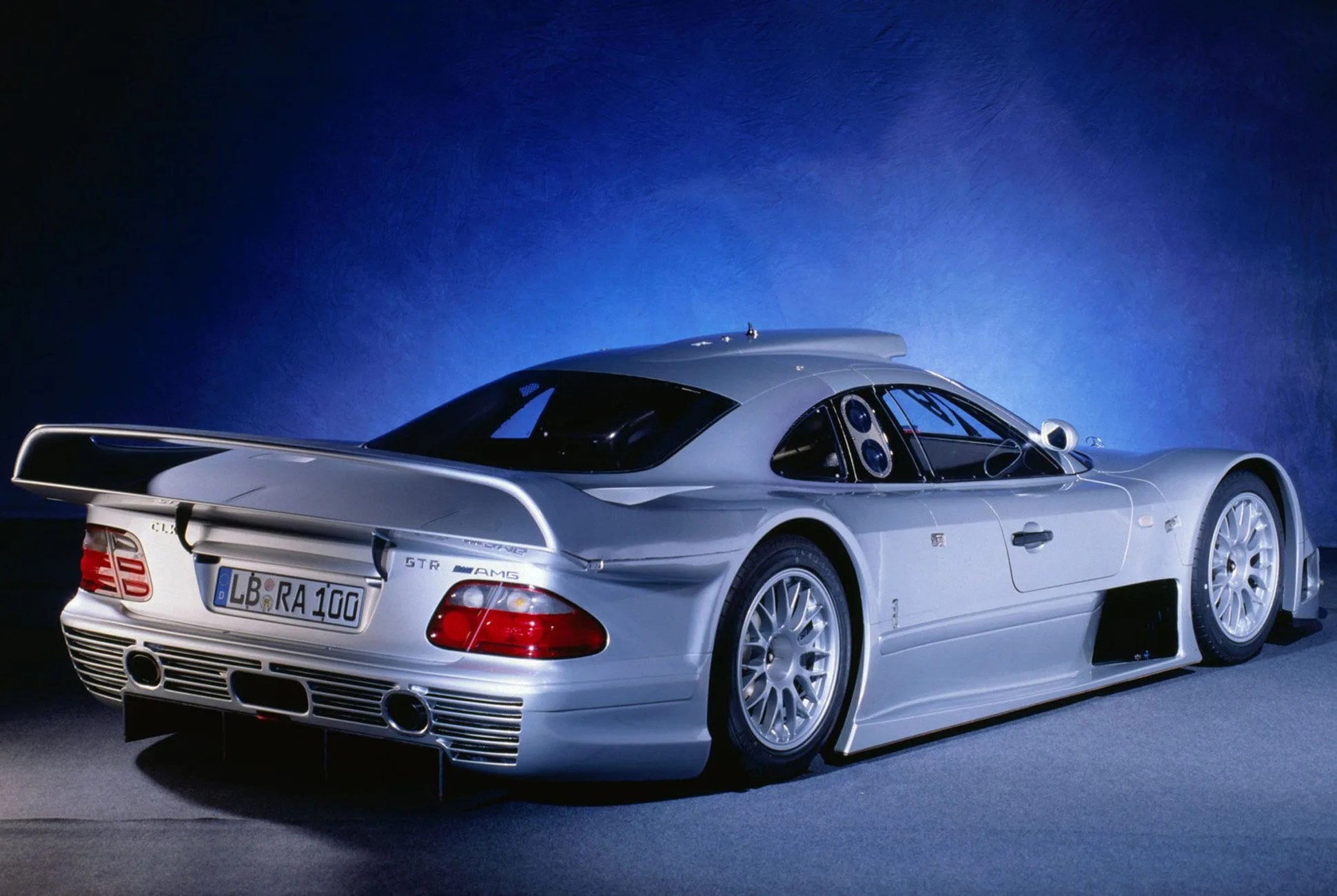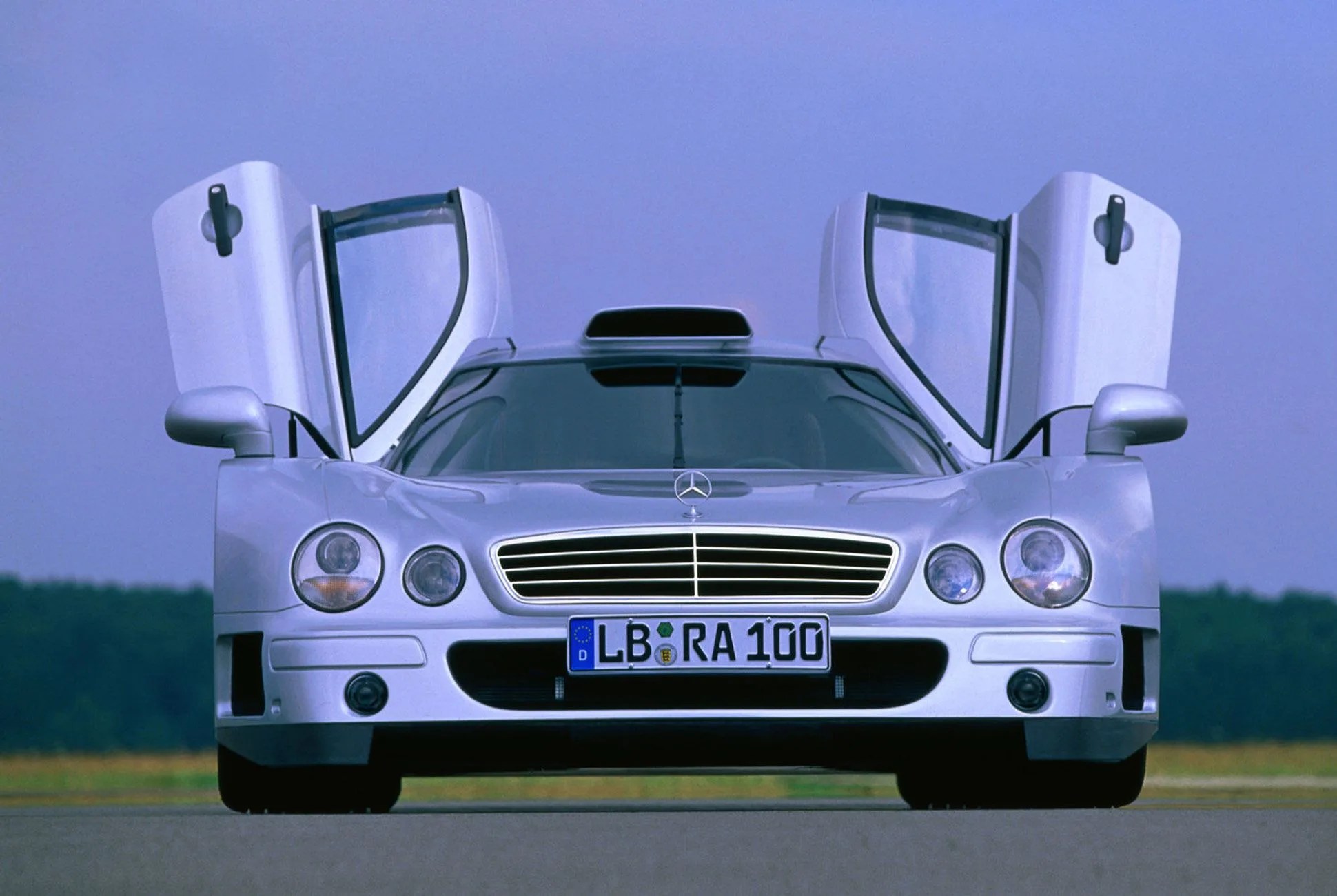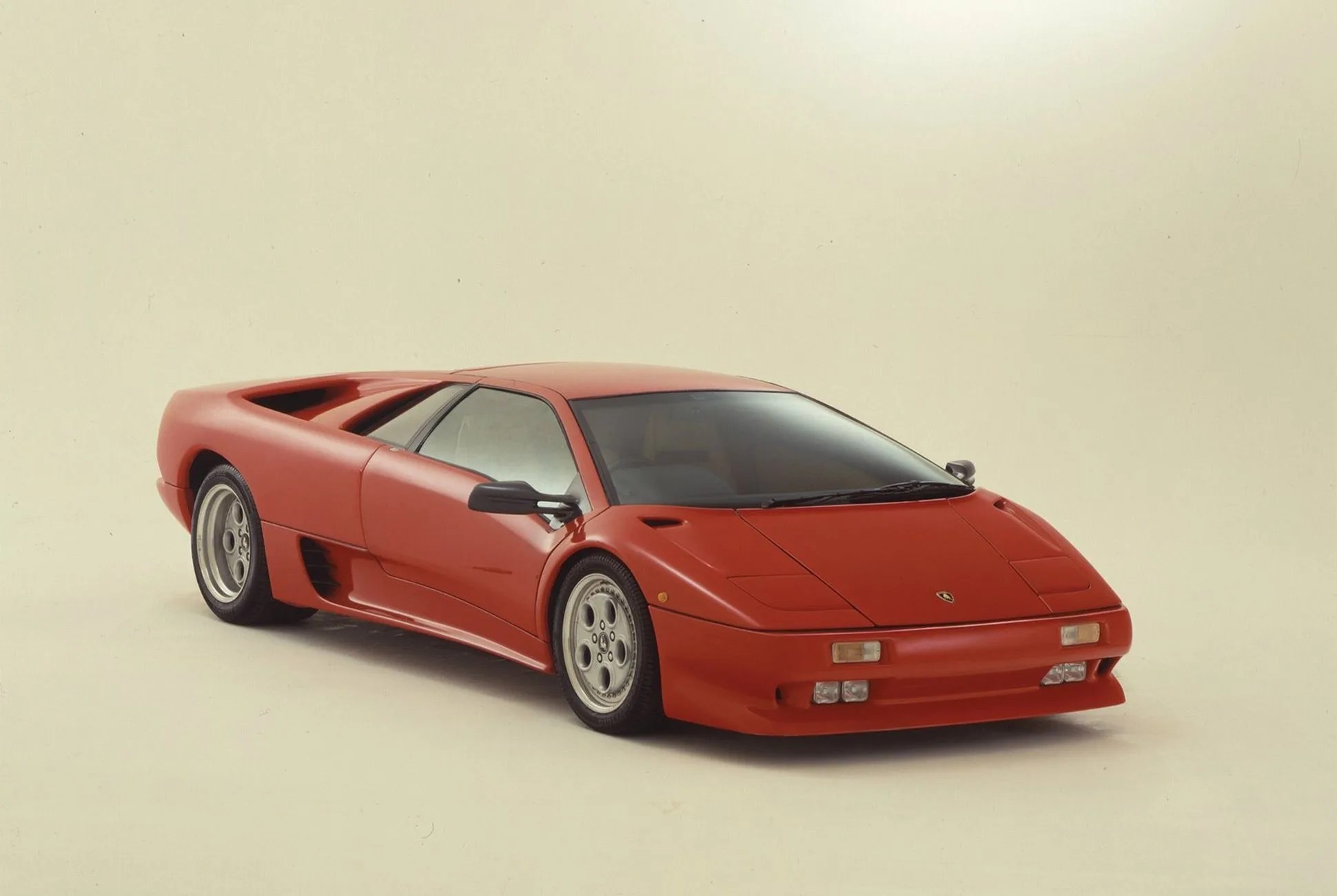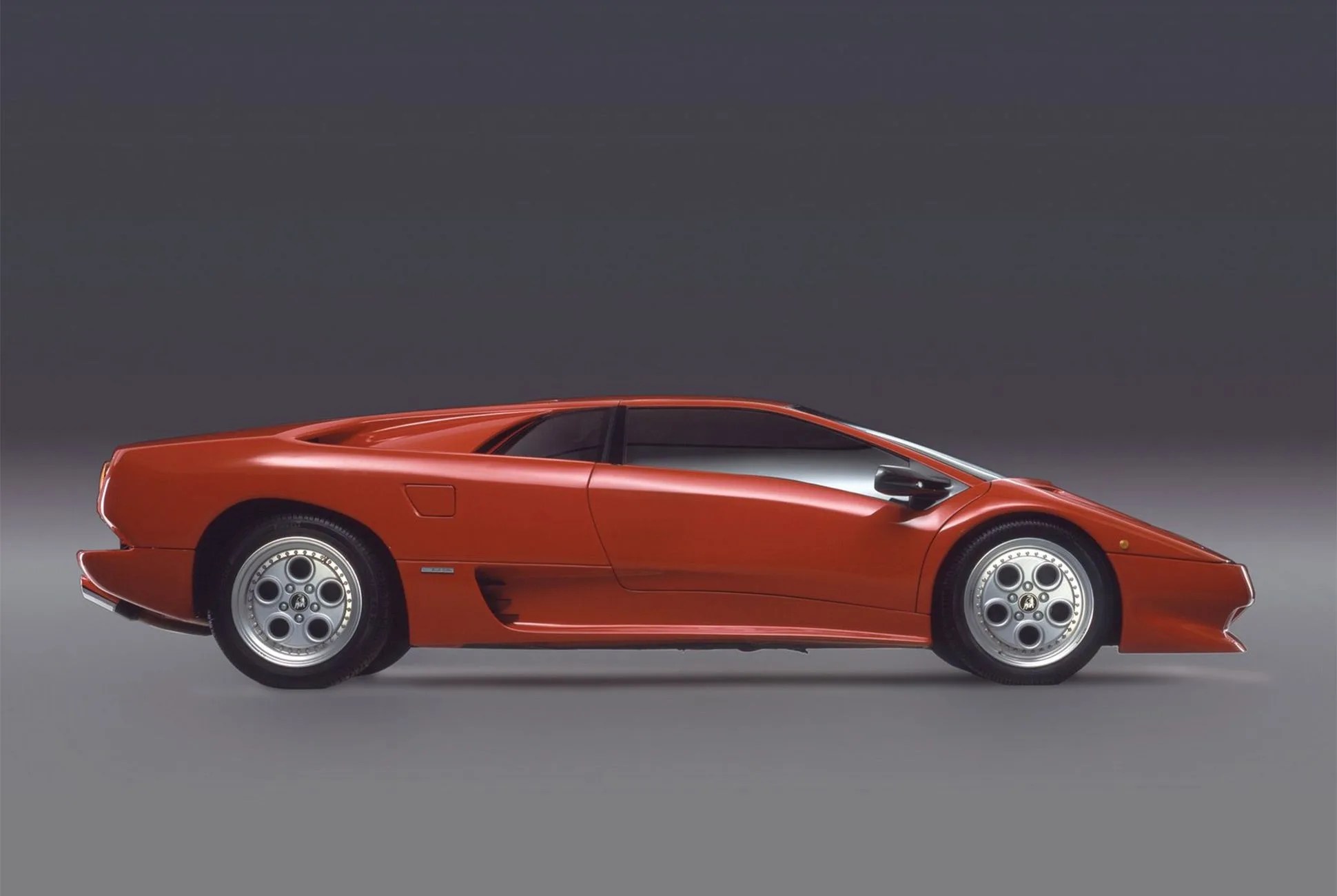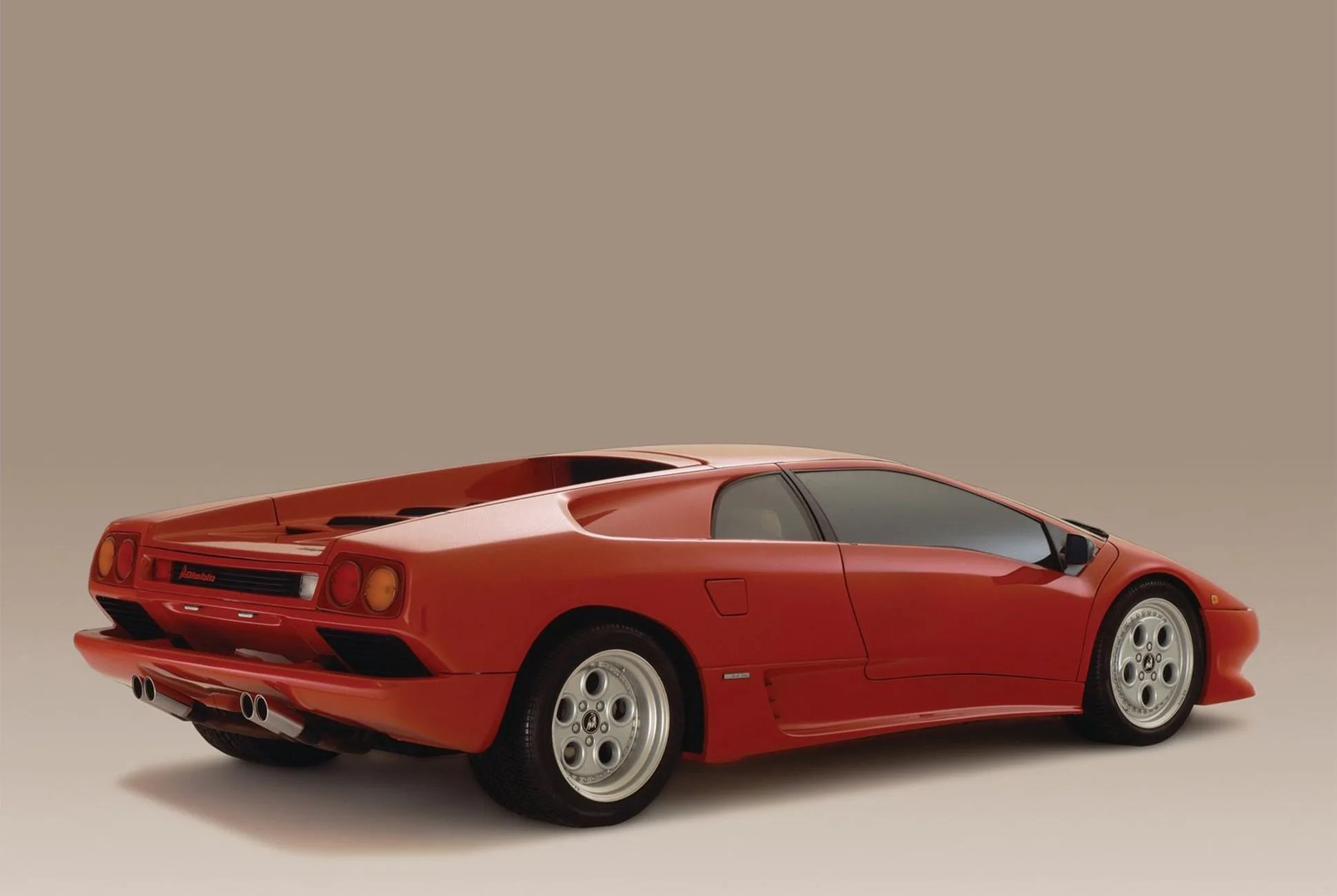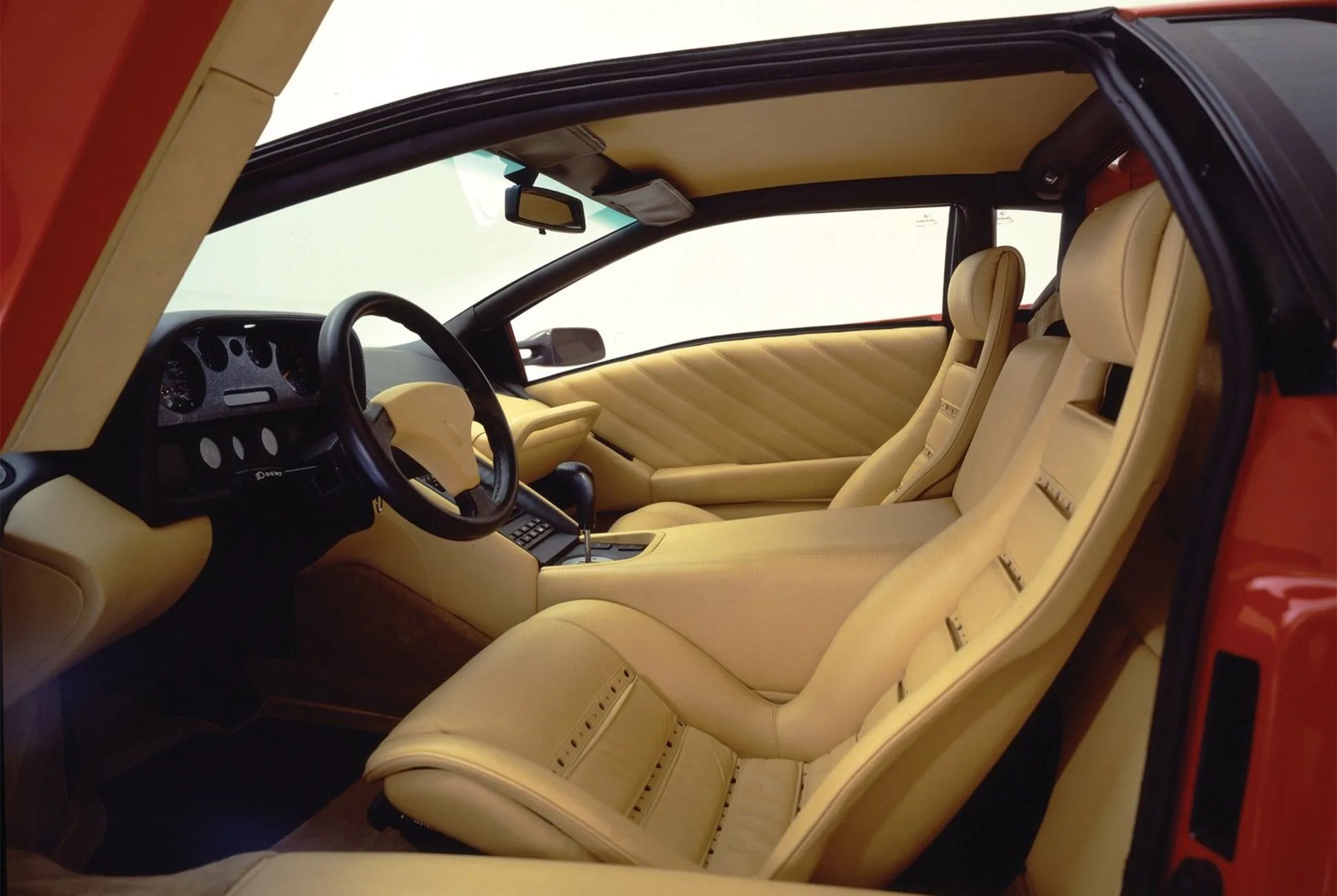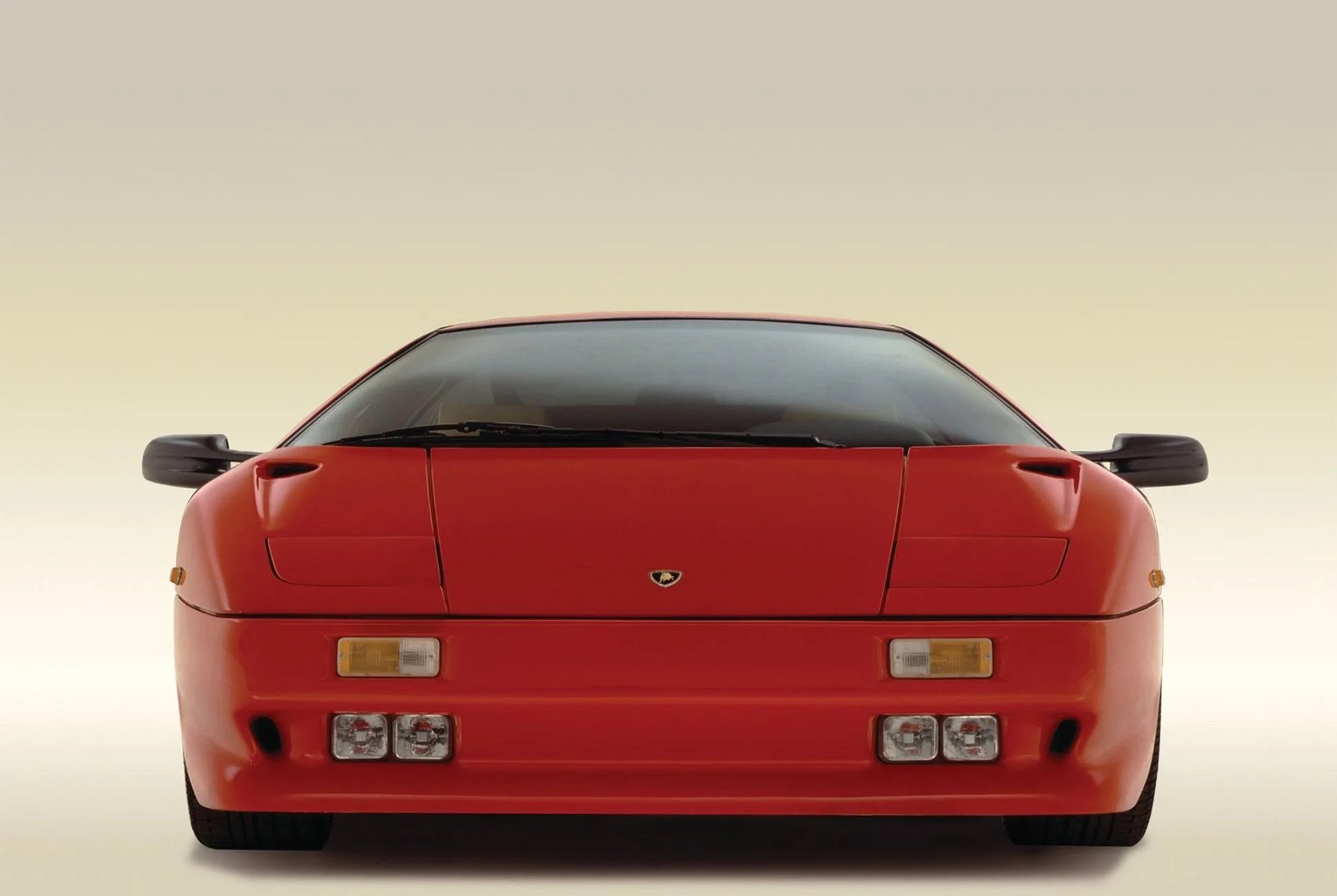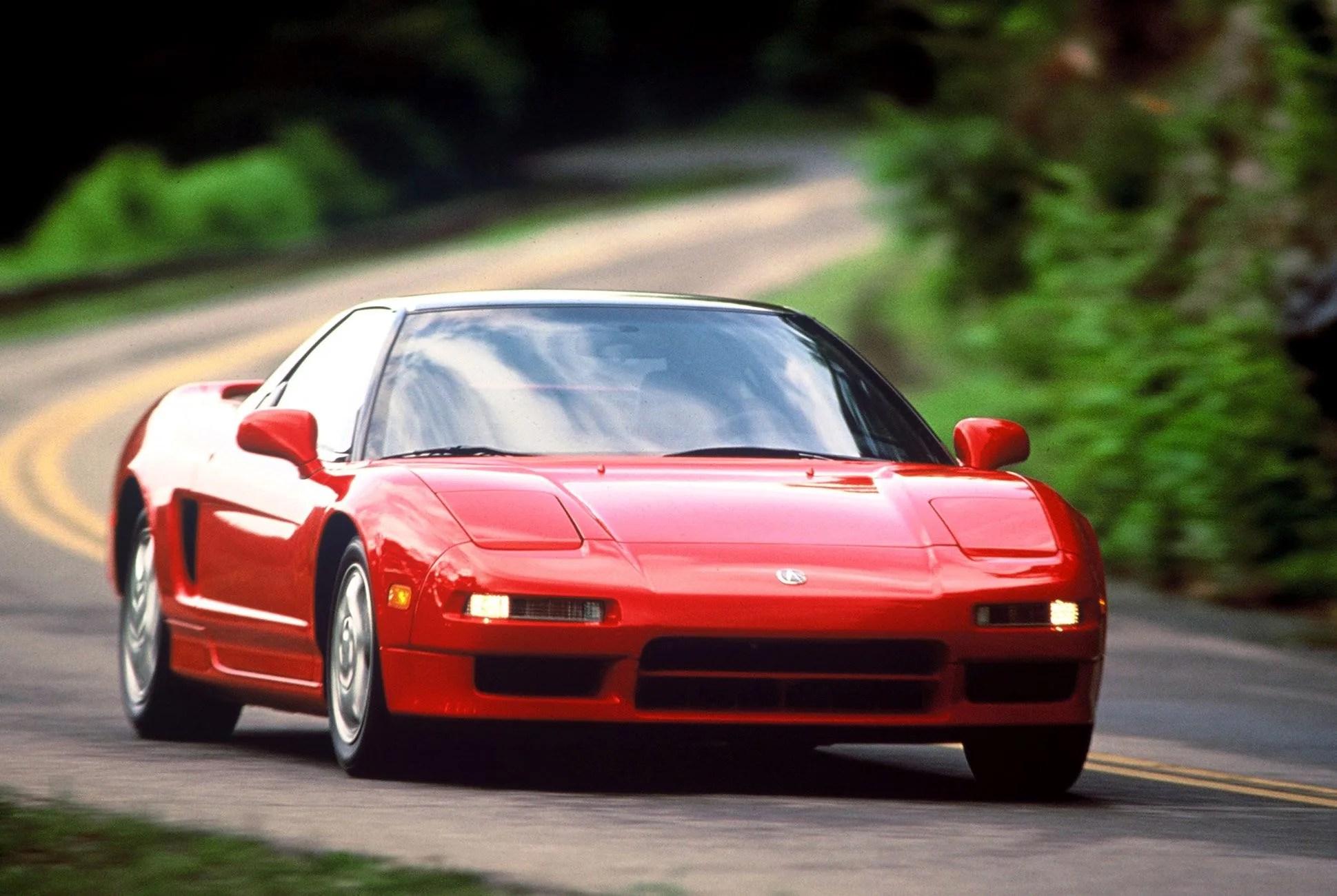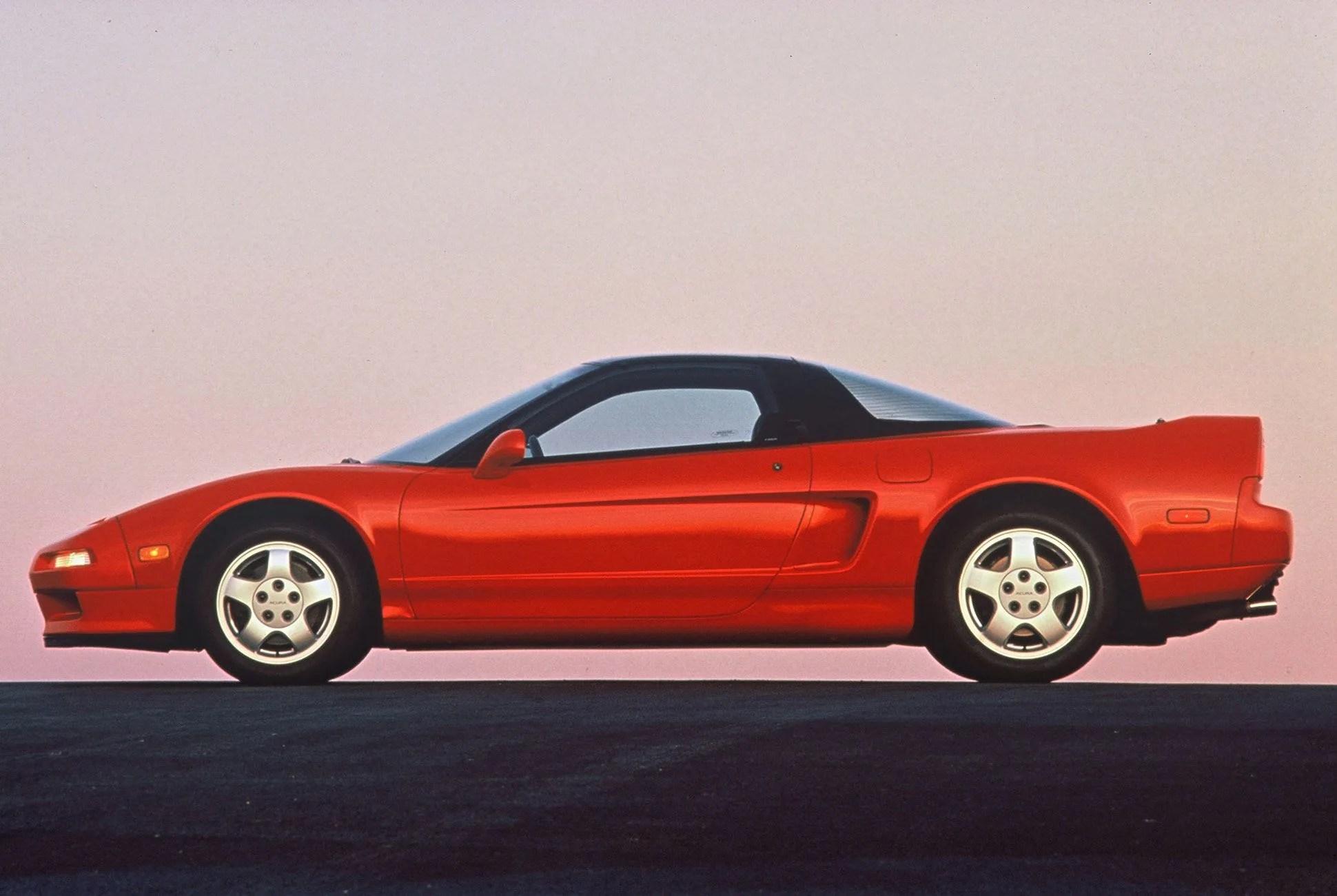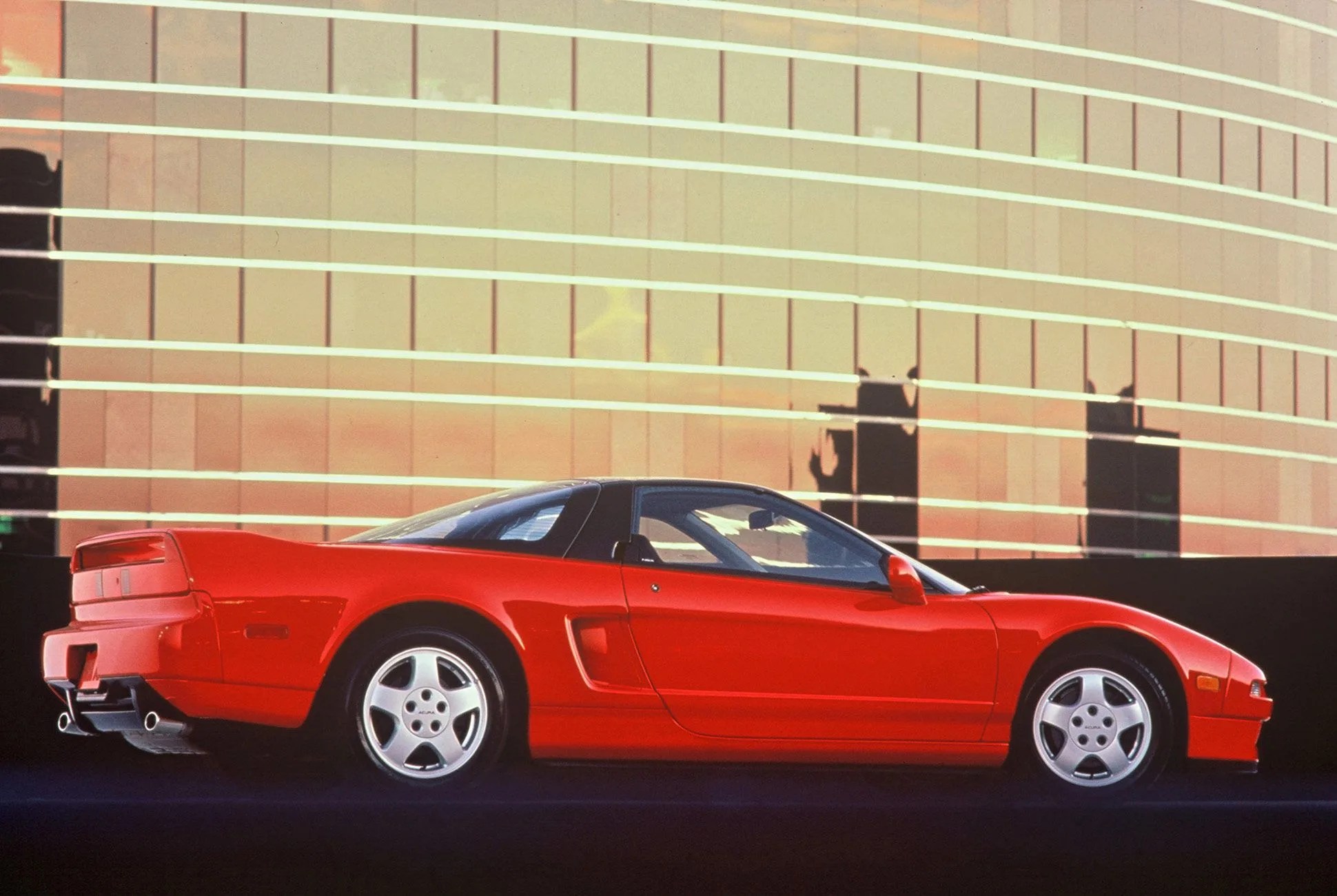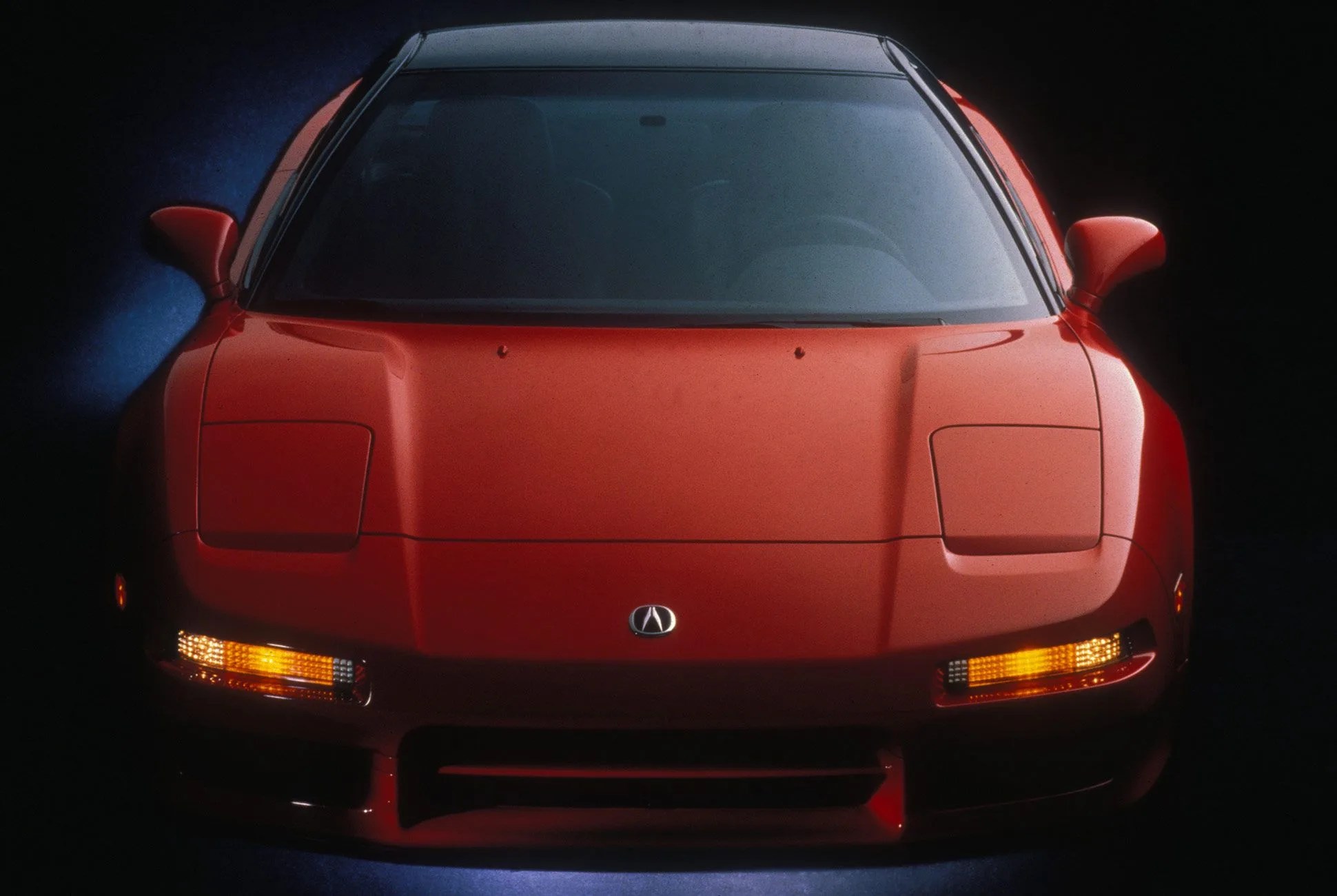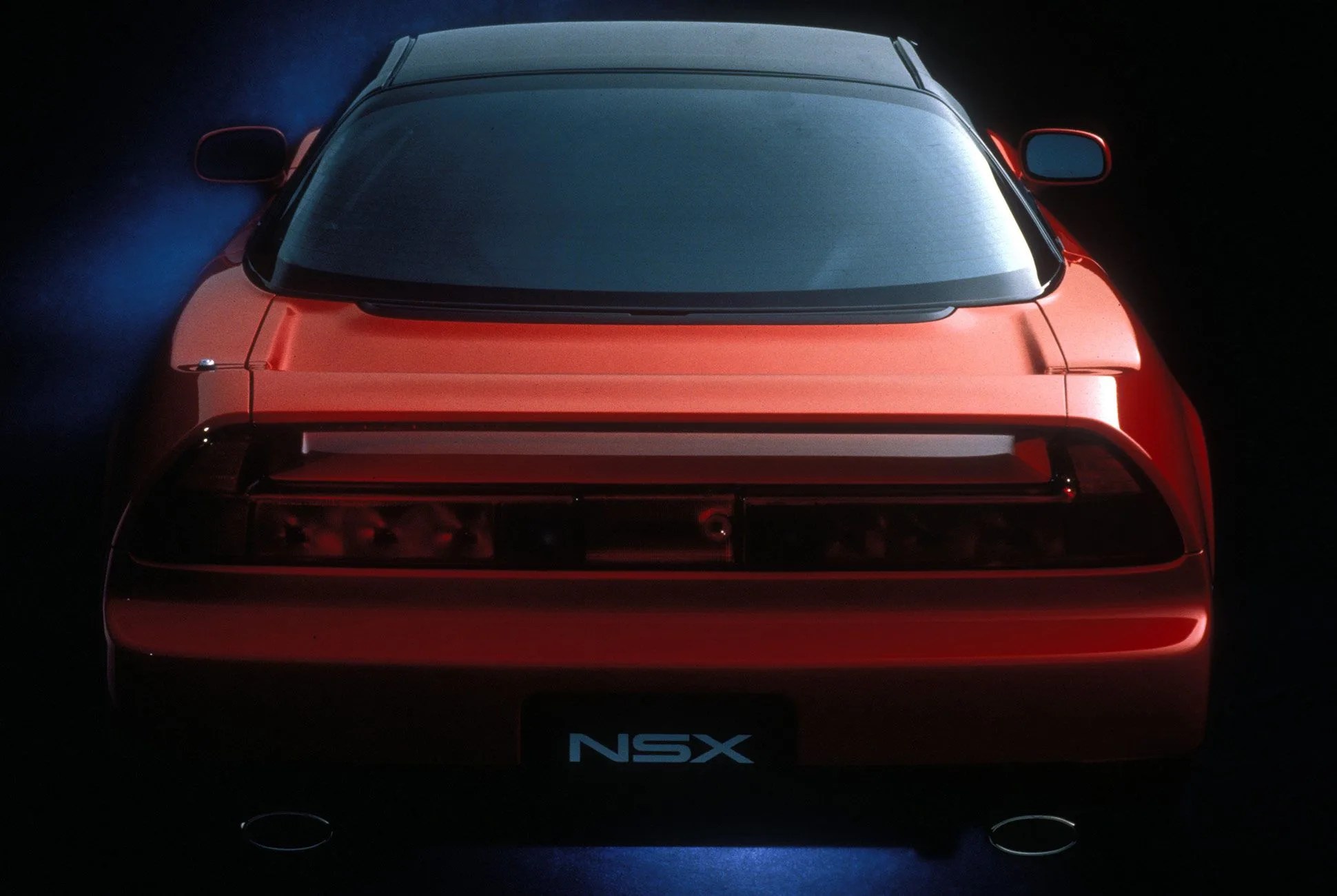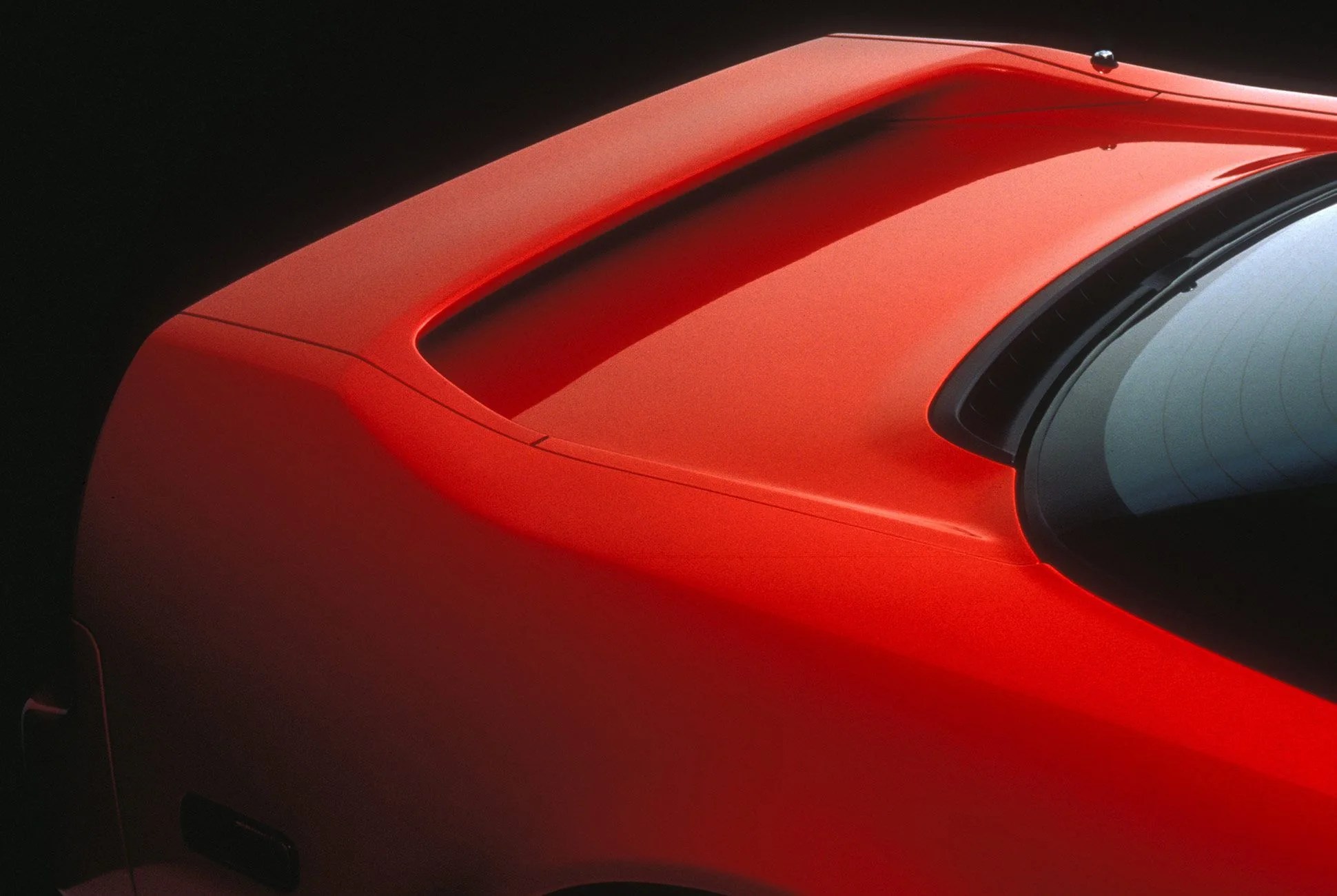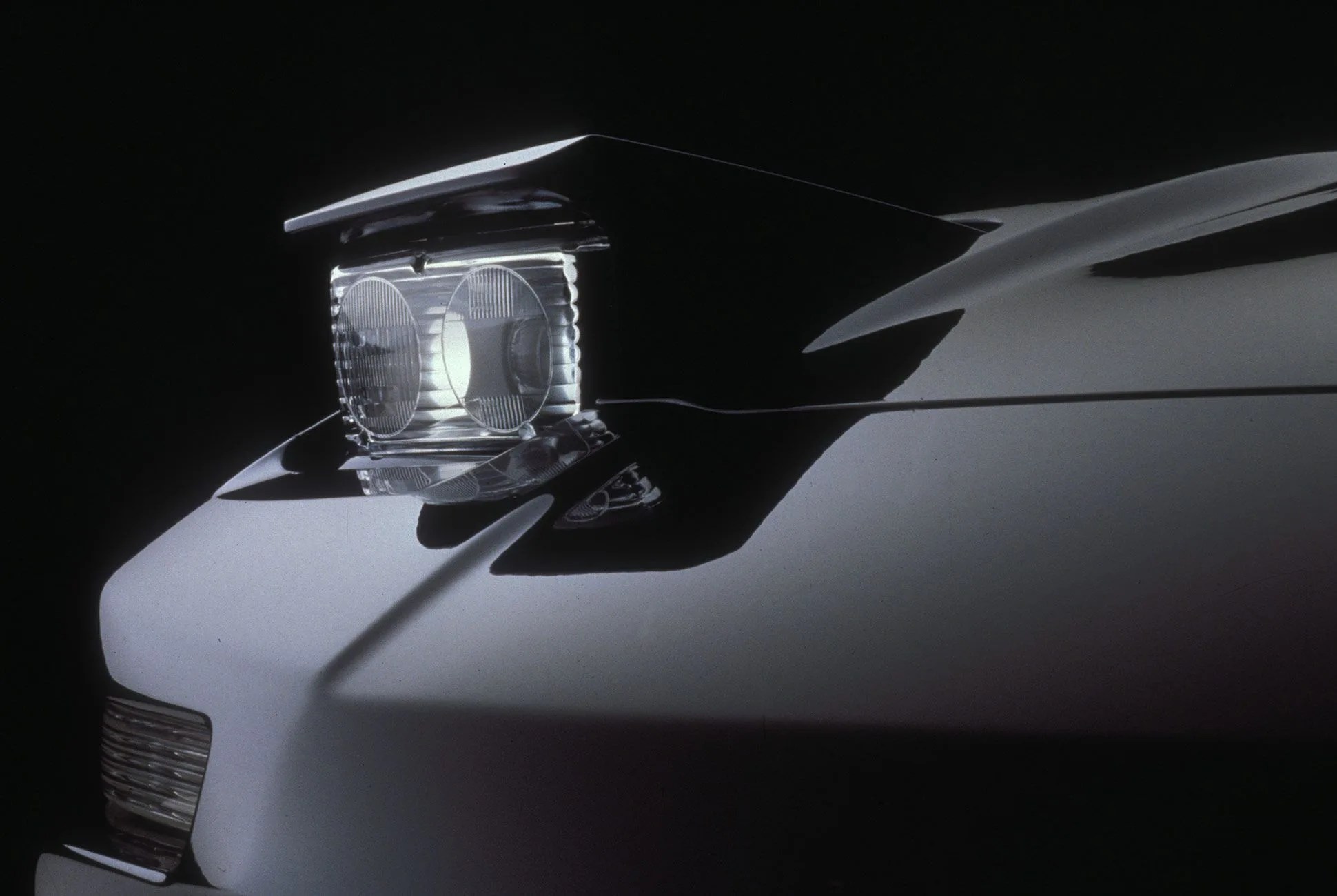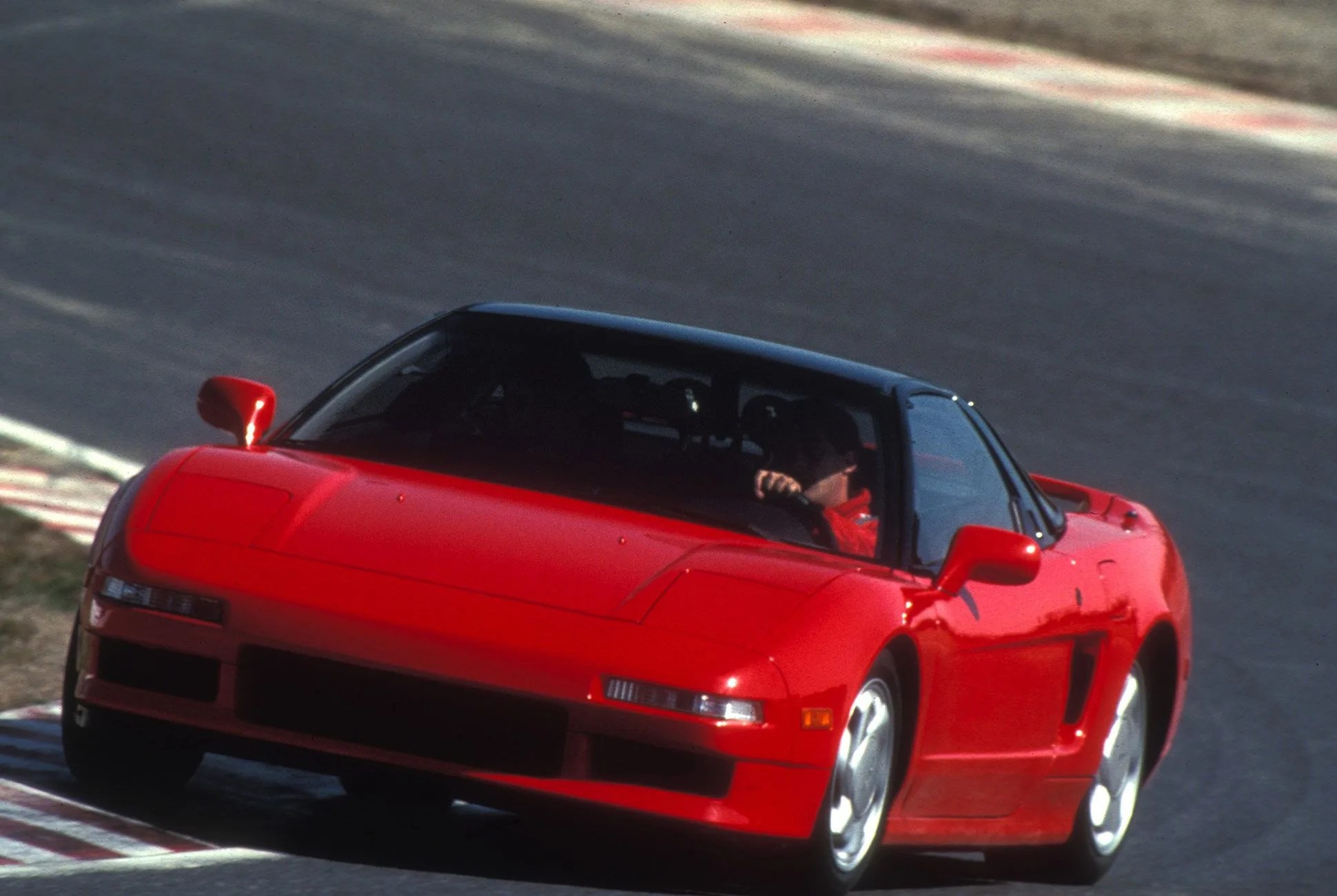Editor’s Note: Are we at “peak supercar?” Leading industry voices think so. If the current Holy Trinity — Ferrari LaFerrari, McLaren P1, and Porsche 918 — are indeed the peak, it’s time to look back down at base camp, and see how far we’ve come. This limited series will take a brief look at the supercars that defined each era, one decade at a time, beginning with the birth of the supercar in the ’50s.
The ’80s are considered the dawn of the modern supercar. The ’90s hopped out of bed, skipped breakfast and lunch and went straight to Happy Hour. Power, price and design all mutated into the incredibly ambitious supercar characteristics we’ve now grown accustomed to. New and refined engine management and traction control technologies were available, and manufacturers were emboldened.
Enzo Ferrari was once afraid his customers wouldn’t be able to handle a car like the F40, but in the ’90s his company was putting re-engineered F1 engines into its supercars. The increase in power and more aerodynamic, forward-thinking designs naturally led to incredible performance and top speeds — numbers once thought impossible. ’90s supercars set the tone for the upper echelon of automobiles for decades to come.
1995 Ferrari F50
9 photos
Next to its predecessor, the F40, Ferrari’s F50 was actually considered a flop. But the F50 was an incredible car in its own right. Ferrari bolted a Formula 1–derived engine in the middle and designed a more refined cabin; the idea was to make an F1 car for the road. To that end, Ferrari was successful, and the company entered a new era in which it continued to marry race-proven technology to its road cars with resounding success.
Engine: 4.7-liter V12
Horsepower: 513
Top Speed: 202 mph
Original MSRP: 480,000
Current Estimated Value: $1,200,000+
Notable Owners: Jay Leno, Sultan of Brunei
